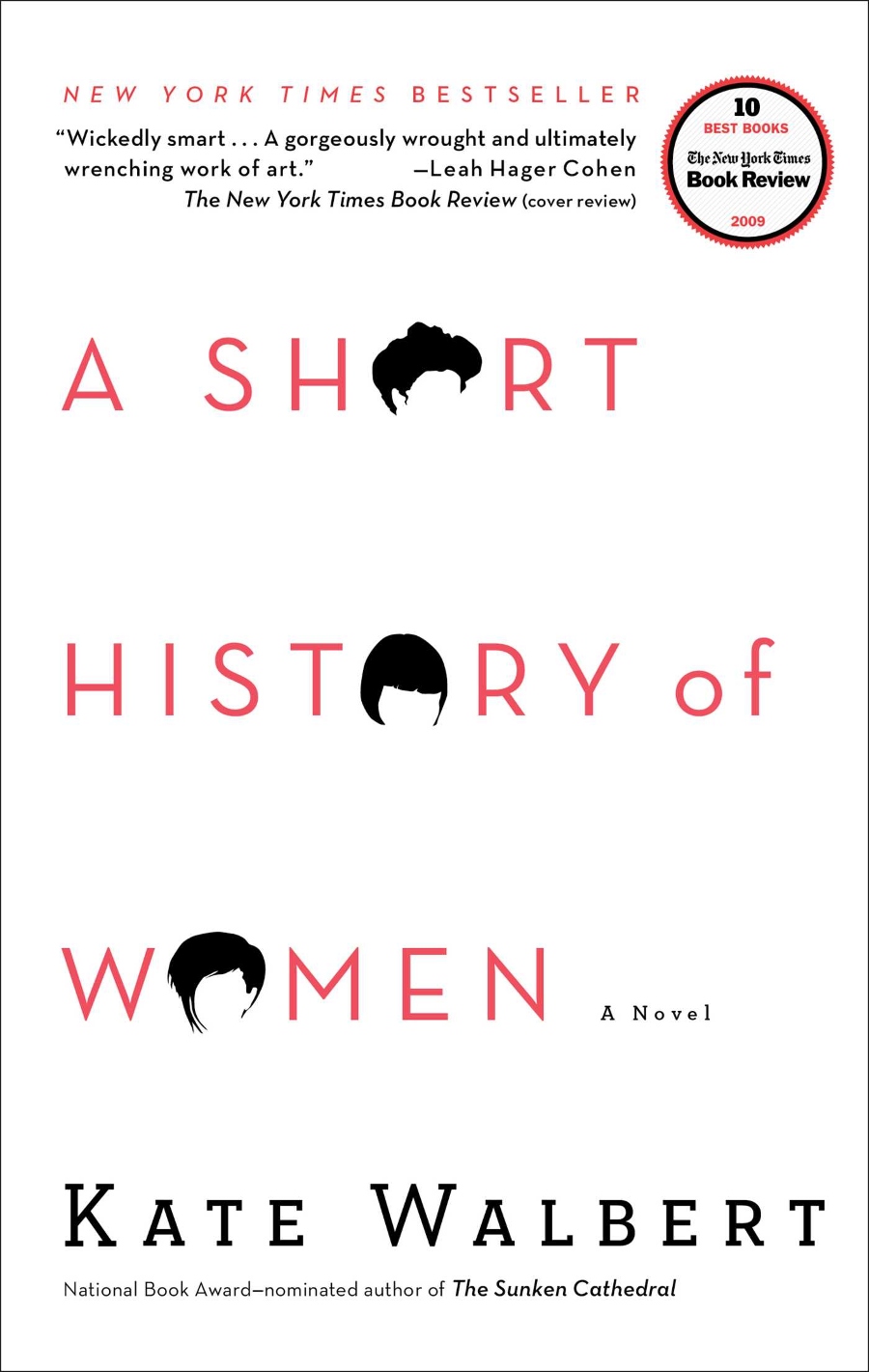The turn-of-the-century brought a sense of anxiety and hope – novelists of the 2000s translated these feelings into experiments with language, form and structure.
Mainstream novels captured the chaos, anxiety and hope of the 2000s with fiction books that were increasingly innovative and diverse.
The 2000s was a critical decade in history — a momentous turn of the millennium, it ushered in a new era of modern warfare and terrorism, give rise to the Global Financial Crisis, as well as the growth of the internet, birth of social media, and the youth of the millennial generation. To sum it all up, we’ve compiled the best fiction books that capture (and transcend) the zeitgeist of this pivotal era.
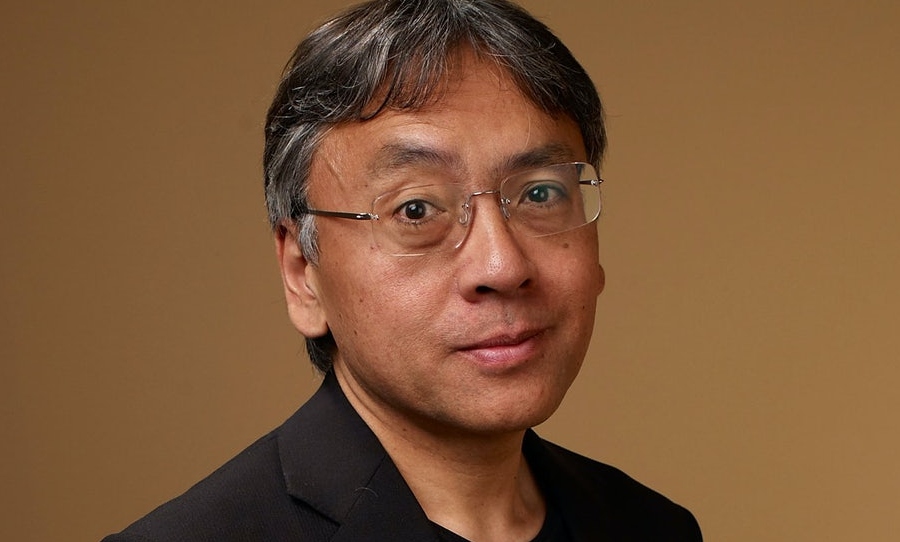
The Brief Wondrous Life of Oscar Wao Grape – Junot Díaz
Written by Dominican-American writer Junot Díaz, The Brief Wondrous Life of Oscar Wao Grape is narrated by multiple characters, and details the life of Dominican teenager Oscar de León as he grows up in New Jersey. Obsessed with science fiction and fantasy novels, the novel explores themes of coming-of-age, love and has incorporates tropes of speculative fiction and magical realism.
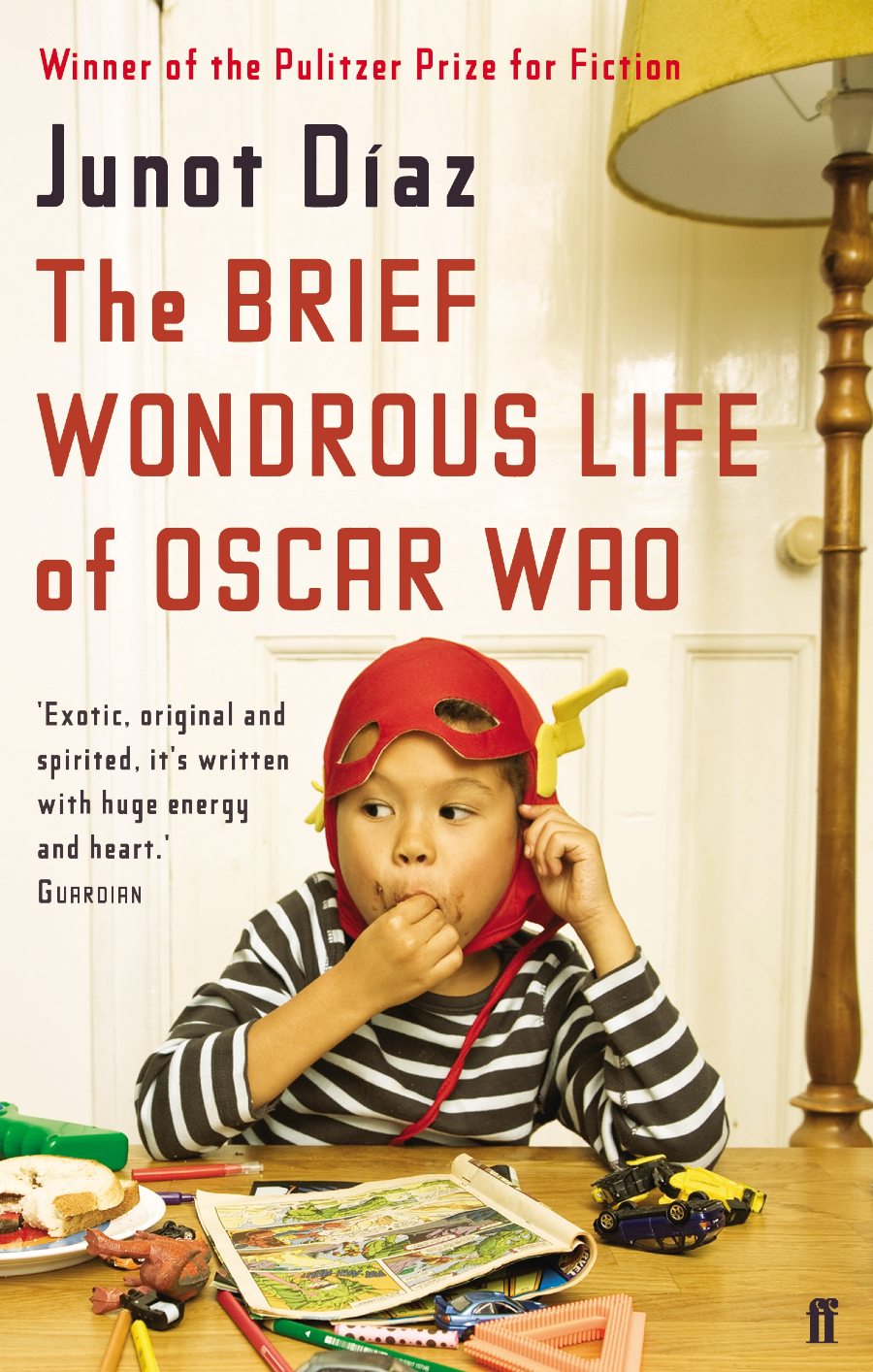
White Teeth – Zadie Smith (2000)
Described as “one of her generation’s most precocious debuts” by the New York Times, Zadie Smith’s White Teeth took the fiction world by storm. Published when Smith was only 24, White Teeth is a multi-layered, hysterical-realist saga that follows the stories of two families from Bangladesh and Jamaica in contemporary Britain.
White Teeth bursts with satirical energy, weaving Smith’s witty, sharp voice into a postcolonial portrait of multicultural Britain; the novel is widely regarded as one of the most definitive, essential representations of a new century. White Teeth was the beginning of an illustrious literary career for Zadie Smith, who has gone on to win the Infinity Award, Orange Prize, National Book Critics Circle Award for Criticism, amongst other prestigious accolades.
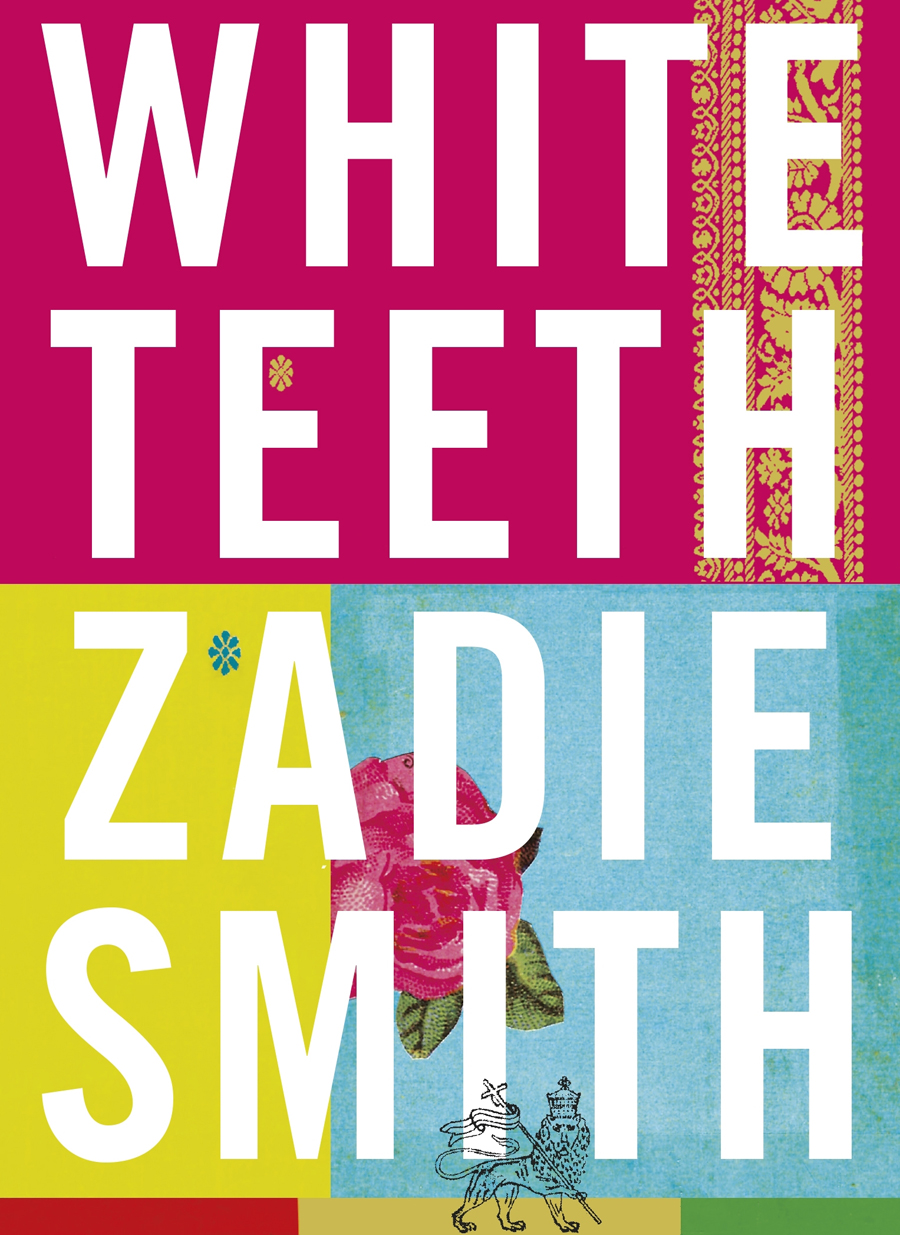
The Amazing Adventures of Kavalier & Clay – Michael Chabon (2000)
Winner of the Pulitzer Prize in 2001, The Amazing Adventures of Kavalier & Clay follows the story of Joe Kavalier, a talented young Jewish artist who has just smuggled himself out of Nazi-invaded Prague and landed on the streets of New York City. His American cousin Sammy Clay is looking for a partner to create comic book heroes and stories. Between them, they go on to create a comic empire. For anyone that loves the birth of all things comics, Michael Chabon tells an unforgettable story about love, romance, and possibility.

The Blind Assassin – Margaret Atwood (2000)
Margaret Atwood’s tenth novel, The Blind Assassin, is in keeping with her characteristically complex fiction worlds and exceptional storytelling abilities. Using various literary devices like flashbacks, multiple time schemes, ambiguous and indeterminate plots, Atwood creates a shape-shifting narrative that covers the memoirs of her protagonist, Iris Chase.
The Blind Assassin follows Iris’ prosperous beginnings as the daughter of a factory owner, through a loveless marriage to a plutocrat, and finally to lonely, brooding old age. Concurrently, the reader follows the narrative of Iris’ sister Laura, as well as the meta-narrative of the former’s novel, “The Blind Assassin.” A murder-mystery study of gender politics, Atwood’s novel is a profoundly serious, complex, and skilful examination of society’s subjugation of women.
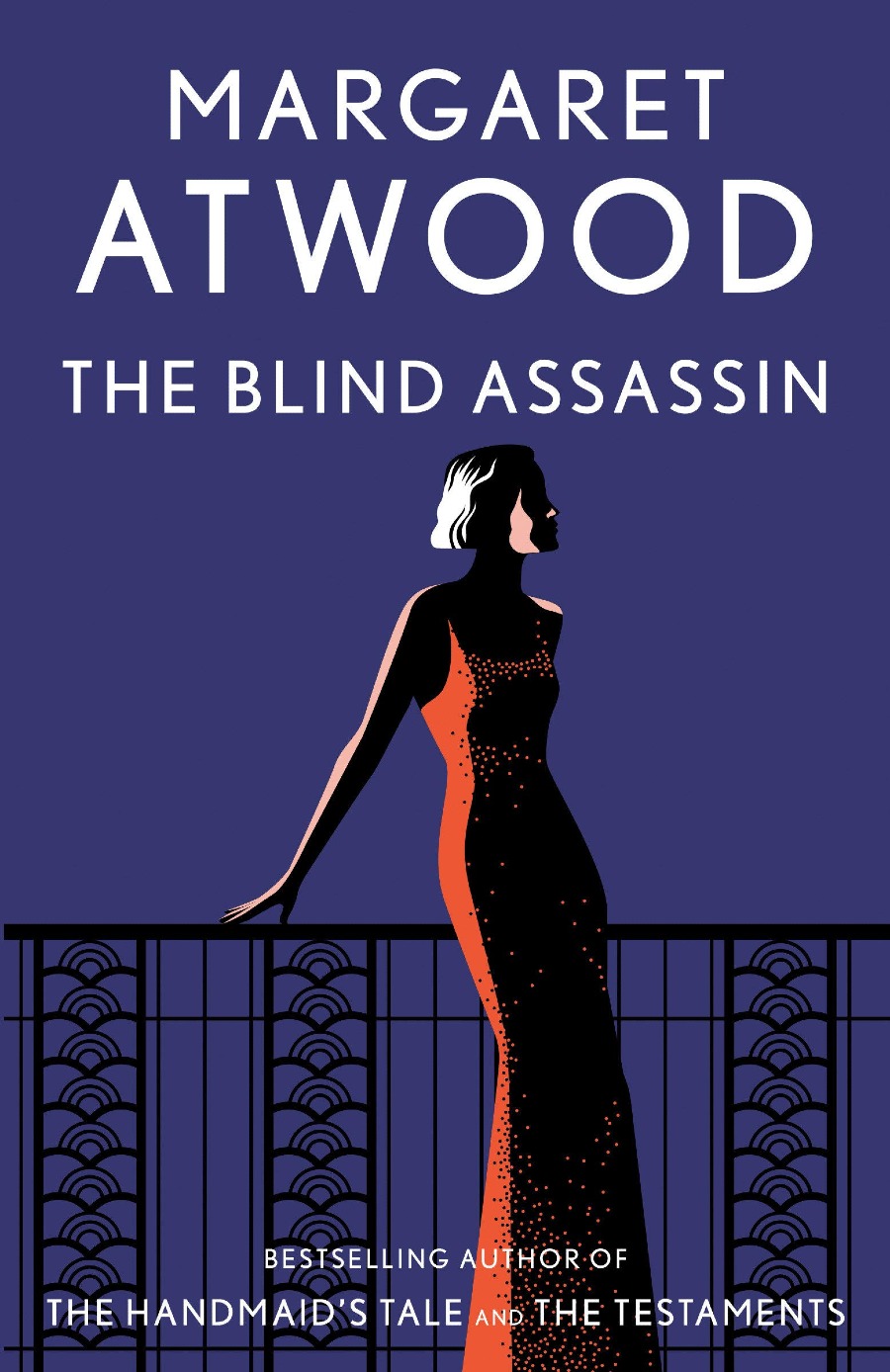
Austerlitz – W. G. Sebald (2001)
Following the story of Jacques Austerlitz, a middle-aged architectural historian, Austerlitz details the protagonist’s journey to find out the truth about his past. Having arrived in England as a child refugee, the novel follows Jacques as his search takes him across Europe. Exploring concepts of family, truth, and identity, W.G. Sebald’s novel was widely critically acclaimed upon release. In the novel, Sebald’s writing has been described as “a seamless weave of memory, research, dream, and invention, there are only oblique, passing mentions of the horror.”
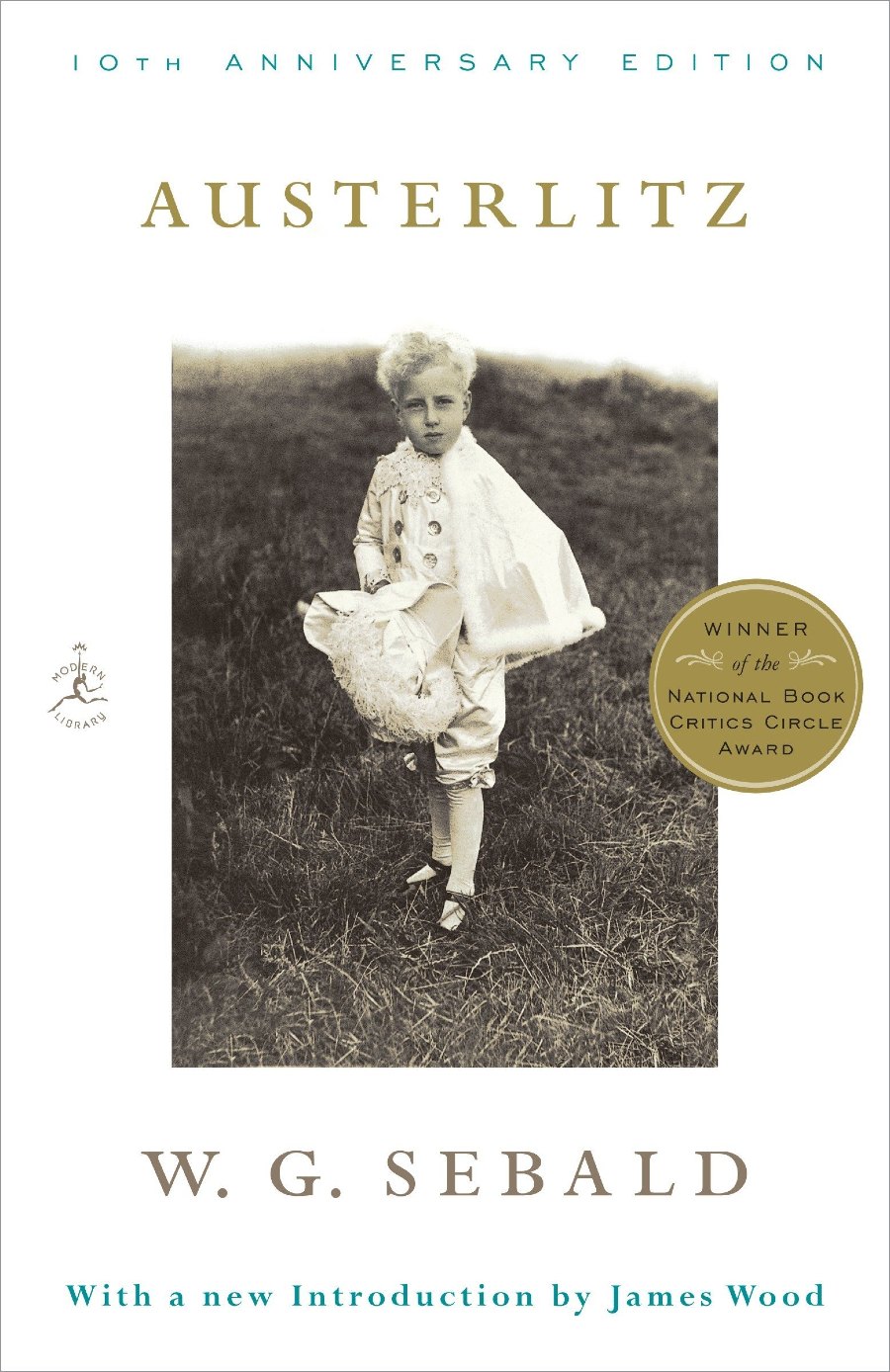
Life of Pi – Yann Martel (2001)
Life of Pi is a heartwarming, yet consistently puzzling story that creatively explores the nature of human assumption, religious division, and freedom. The narrative follows his protagonist, Pi Patel — an Indian boy, named for a French swimming pool and nicknamed for an irrational number — who in the mid-1970s endures 227 days lost at sea, with a Royal Bengal tiger.
Yann Martel’s writing is vividly imaginative, yet maintains a level of precision that lingers long after the novel is put down. Winning the 2002 Booker Prize, the fable-like fiction book is an incredible literary accomplishment that presents a charming examination of what we believe to be real, and what we want to believe to be real.
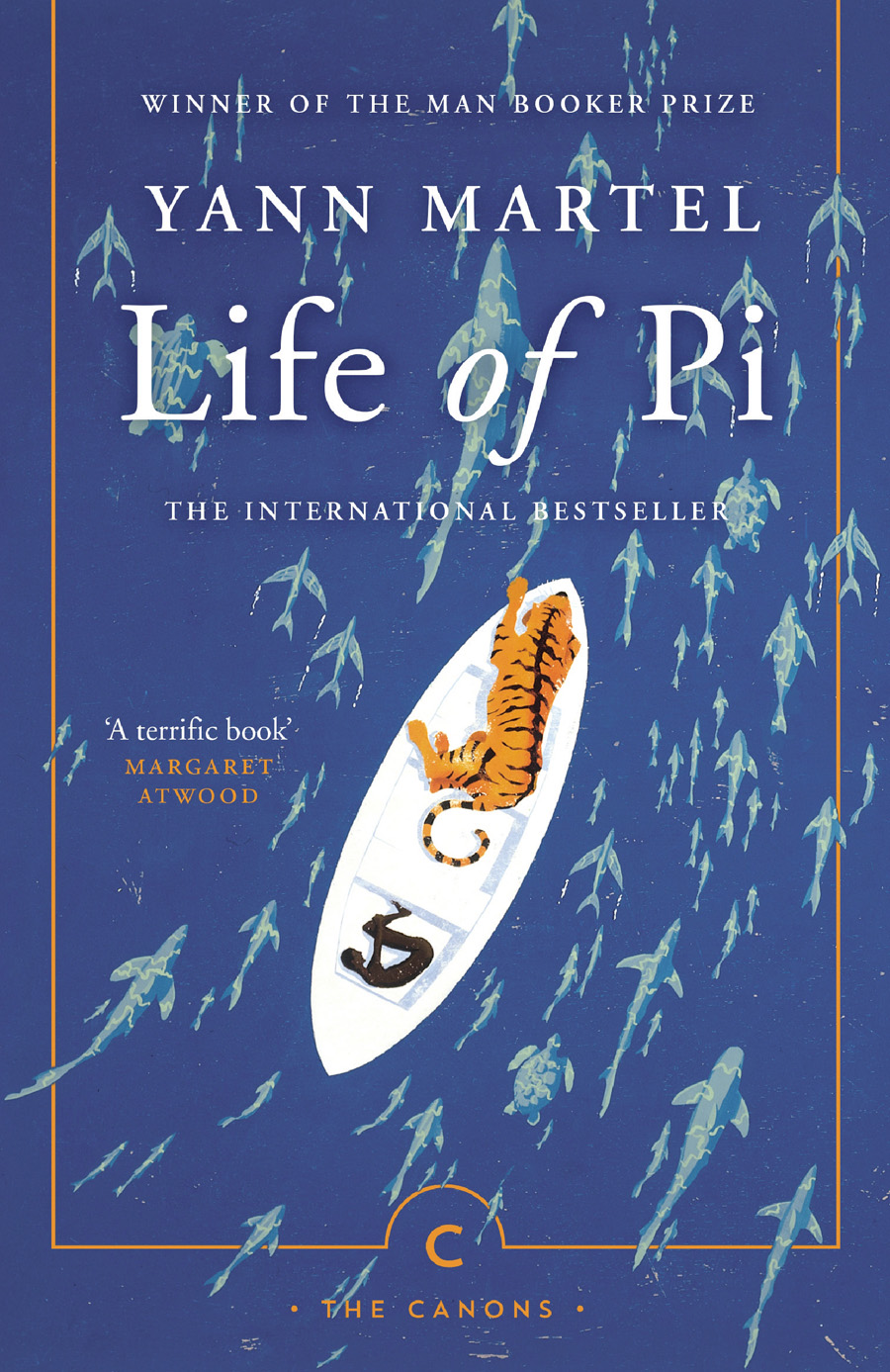
Atonement – Ian McEwan (2001)
Spanning three eras, 1930s England, WWII England and France, and early noughties England, Atonement is a compelling story of adolescence, love, class, and war. Shifting from romantic, oft-lengthy paragraphs of the English countryside, to gritty realism, Ian McEwan adeptly frames a narrative of youthful ignorance with its life-altering consequences.
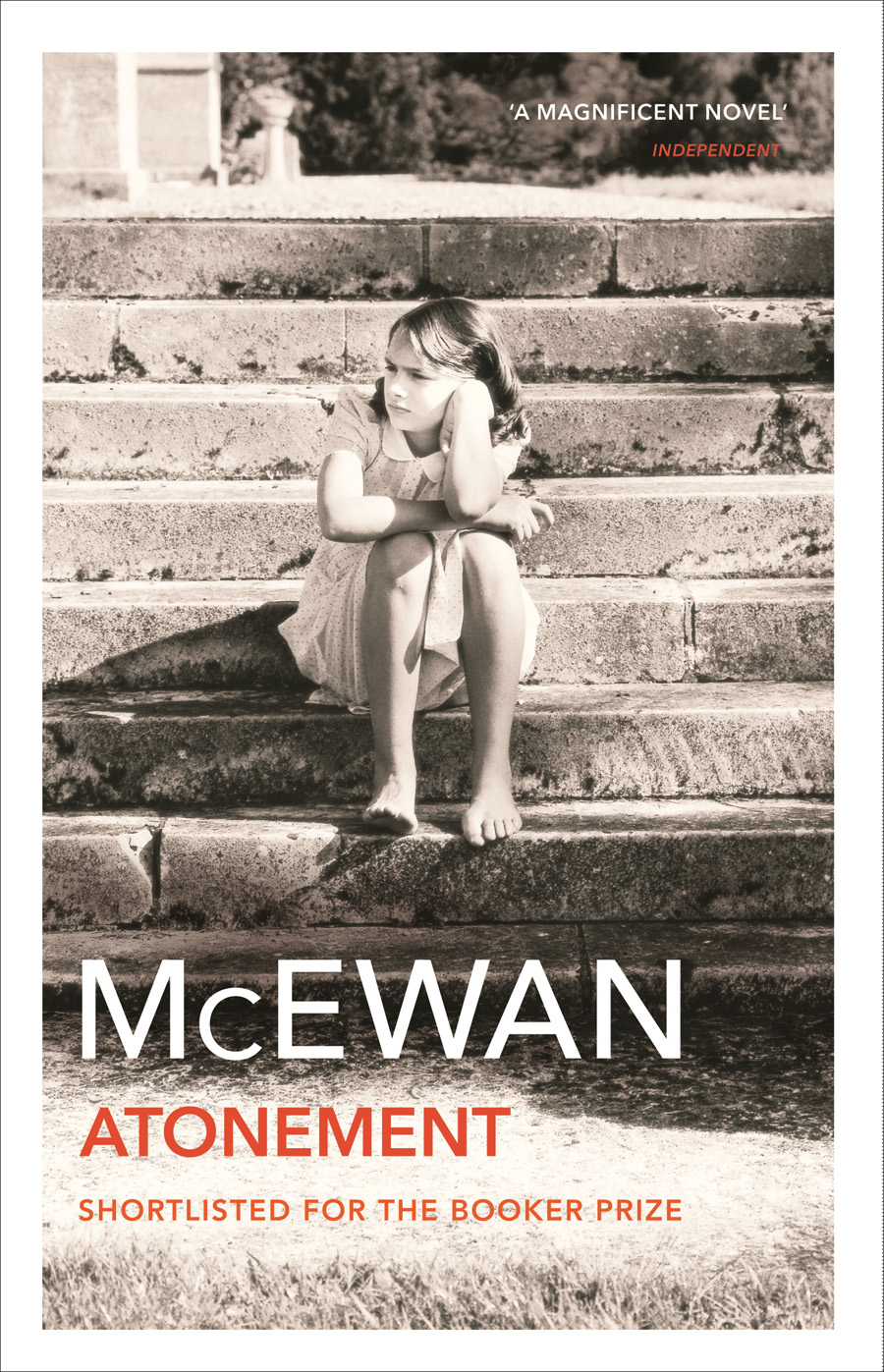
Atonement bursts with richness and skilful literary structure, with McEwan traversing realms of meta-fiction to construct a provocative picture of love, family, memory, writing, and forgiveness.
“A person is, among all else, a material thing, easily torn and not easily mended.”
– Ian McEwan ‘s “Atonement”#books #movies
I’m reading this book after I saw the movie years ago. The linguistics of the book at times is difficult to understand, but that’s makes it unique. pic.twitter.com/kYWDKzTWS1— Sam (@Sam017145491) May 22, 2021
Kafka on the Shore – Haruki Murakami (2002)
Haruki Murakami is one of the world’s most-lauded novelists. Hailing from Japan, he has accumulated a cult-like following in the literary world. Kafka on the Shore is a wildly inventive novel that follows the two alternating, yet entwined narratives of Kafka Tamura and Nakata.
As reviewed by the Boston Globe, the novel is described as a “fabulous trail through identity, mythology, philosophy, and dreams… Murakami’s power to imagine is breathtaking and the empathy infusing Kafka on the Shore makes it a responsible book, one that is adult, wise, and forgiving.”
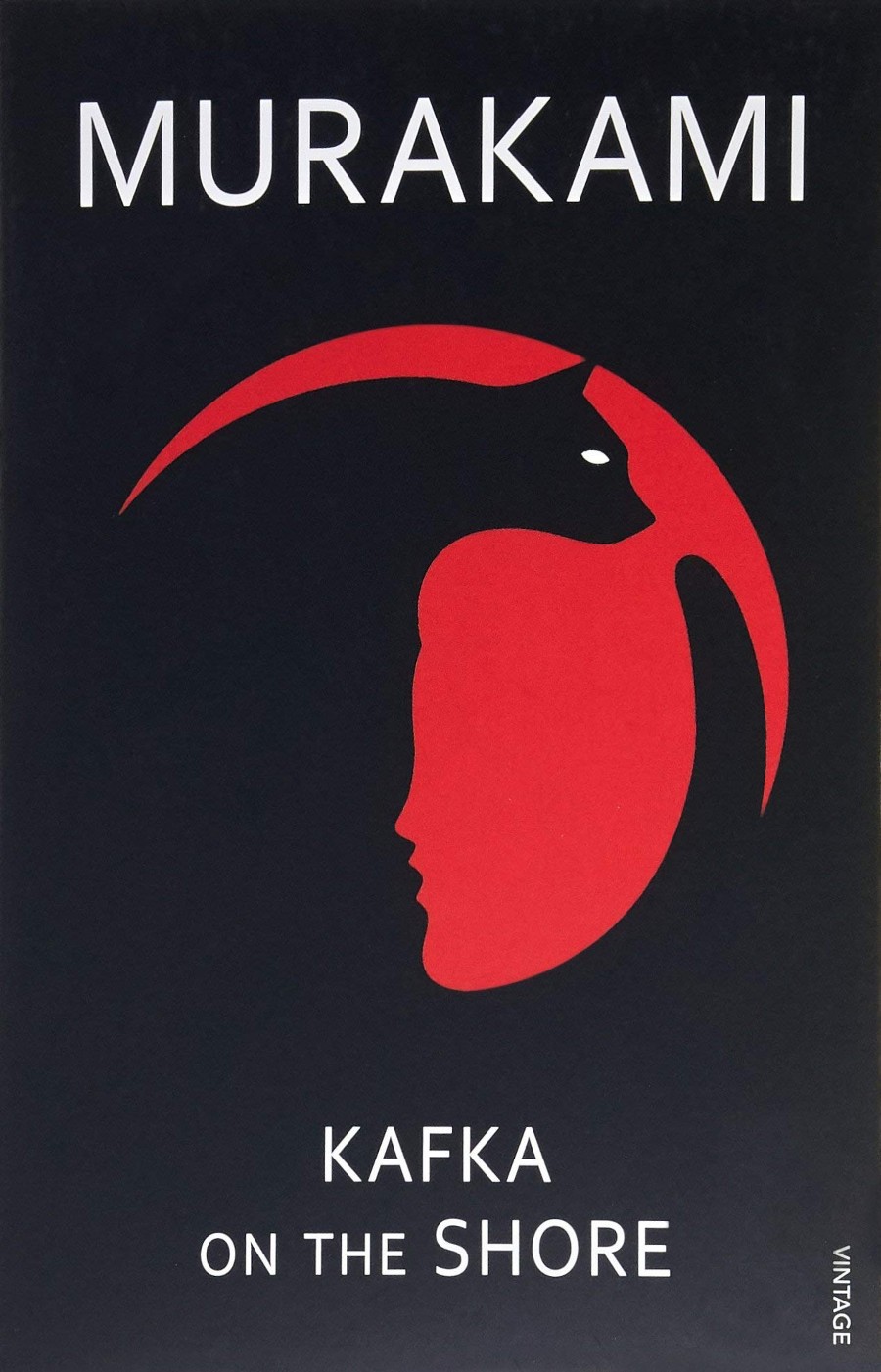
Middlesex – Jeffrey Eugenides (2002)
Middlesex is about the life of Calliope/Cal Stephanopolis who, to quote the novel, “was born twice: first, as a baby girl…and then again as a teenage boy.” Exploring hermaphroditism as the major theme, and its effects on the protagonist’s identity, the narrative shifts between Cal Stephanopolis’ life as a 41-year-old man, to the complex revelations of his incestuous family history and his birth as Calliope.
The novel deconstructs the binaries of life, between childhood to adulthood, native to immigrant, and war to peace. Jeffrey Eudenides’ bildungsroman is a sweeping portrayal of journey and metamorphosis, written with extraordinary, beautiful prose, that won him the 2003 Pulitzer Prize for Fiction.
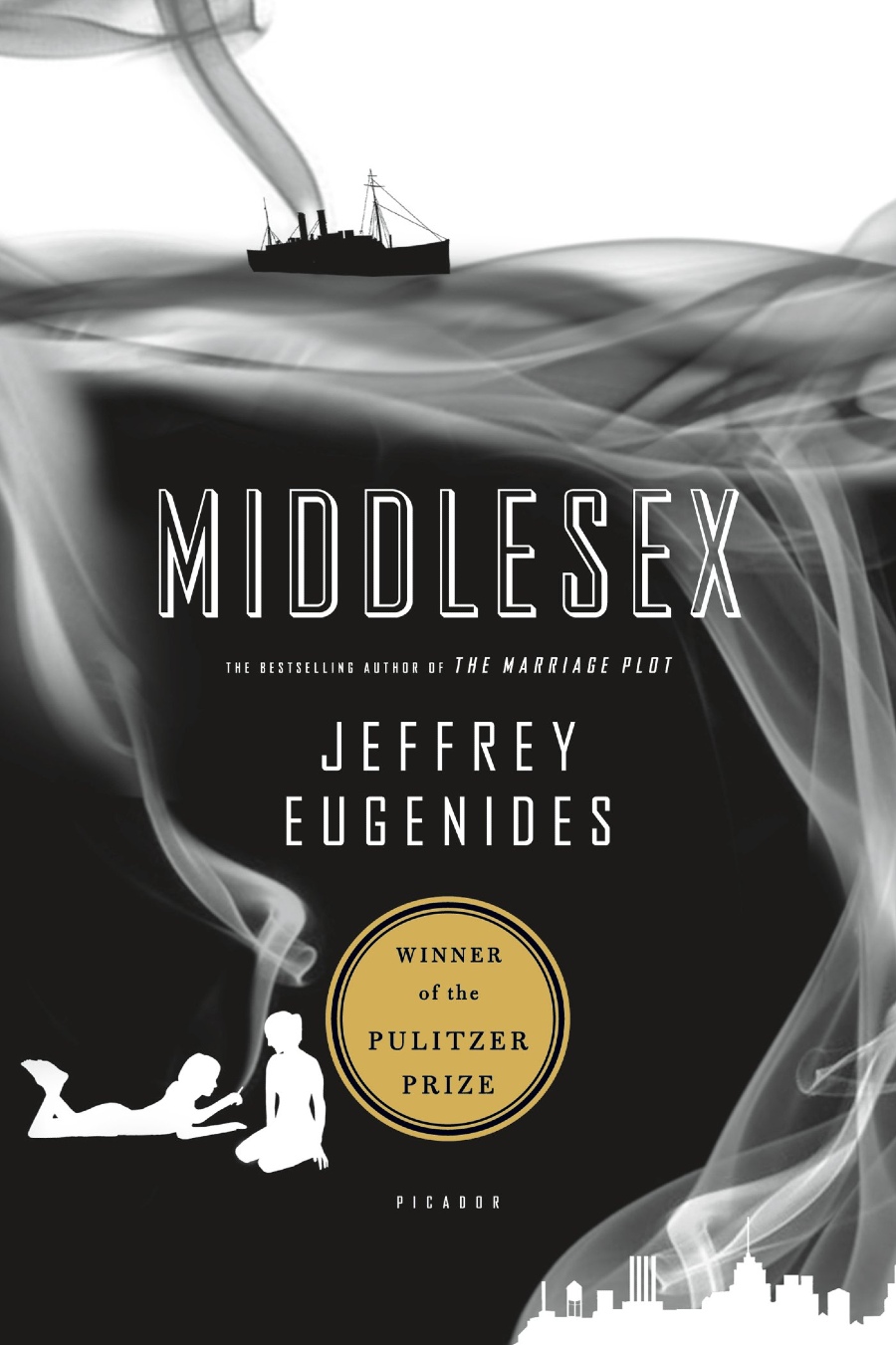
The Kite Runner – Khaled Hosseini (2003)
The debut novel of Afghani-American author Khaled Hosseini, The Kite Runner spans the evolving landscape of Kabul, Afghanistan over 30 years, and details the friendship of a wealthy boy, Amir, and the son of his father’s servant, Hassan. Hosseini’s writing is vividly energetic, finding a balance between power and clarity, as he narrates an urgent story of morality, betrayal and redemption.
Deeply immersive, The Kite Runner explores the relationship between Amir and Hassan amongst the landscape of pre and post-Taliban Afghanistan, adeptly examining the humanity of guilt and friendship.
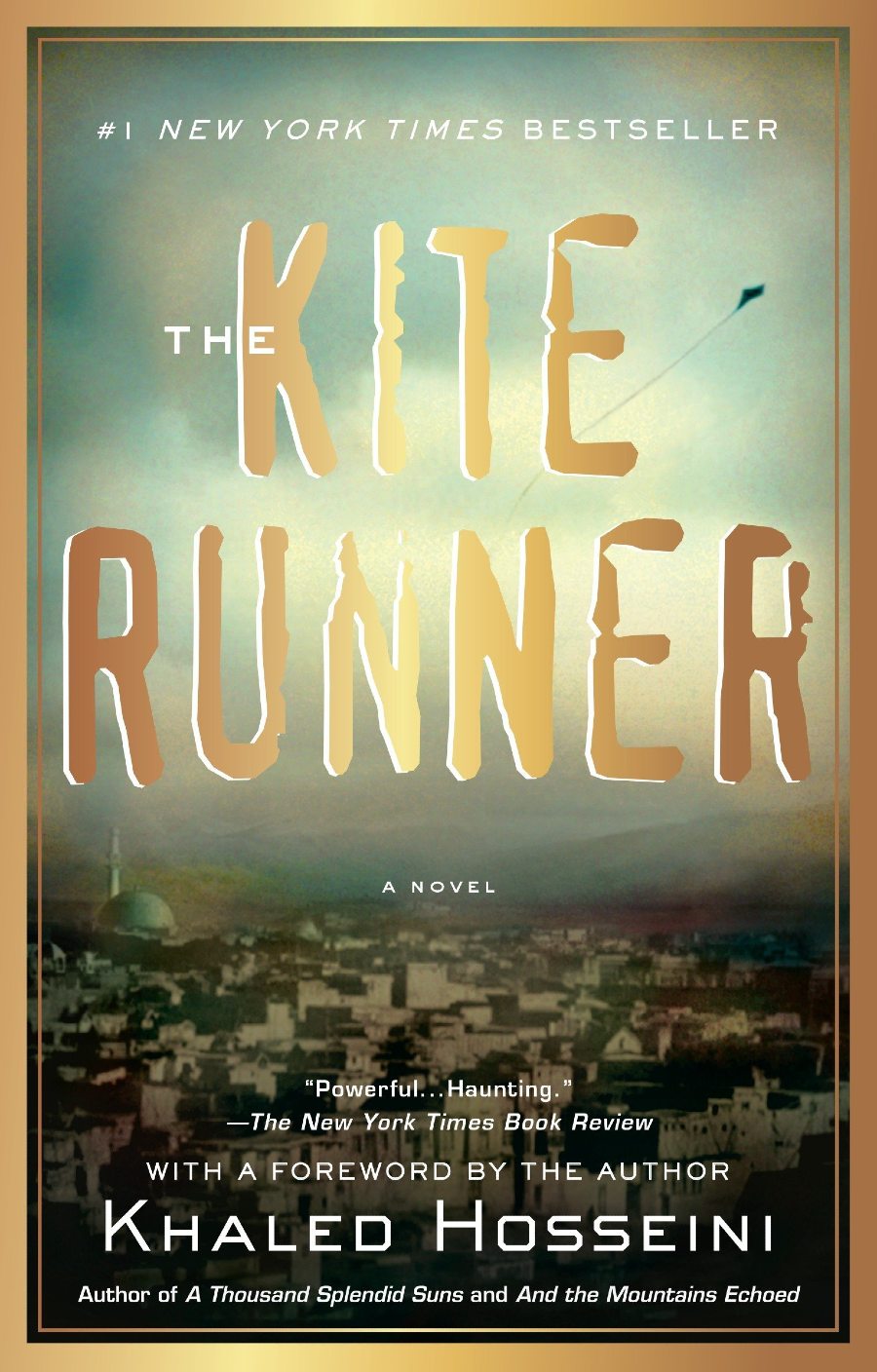
The Namesake – Jhumpa Lahiri (2003)
Having previously won the 1999 Pulitzer Prize for Fiction for her collection of short stories, Interpreter of Maladies, Jhumpa Lahiri is an acclaimed novelist, known for her sly, sharp literary talent. The Namesake explores cultural identity and all it encompasses — rootlessness, the concept of ‘homeland’, familial expectations, immigration, and self-perception.
The story follows the Ganguli’s, a Bengali family who immigrated to the United States in the 1960s. The Namesake begins with the young couple, Ashoke and Ashima, and continues to follow the lives of their children, in particular, Golgol, as they navigate their identities in the discomfort of immigration and assimilation.
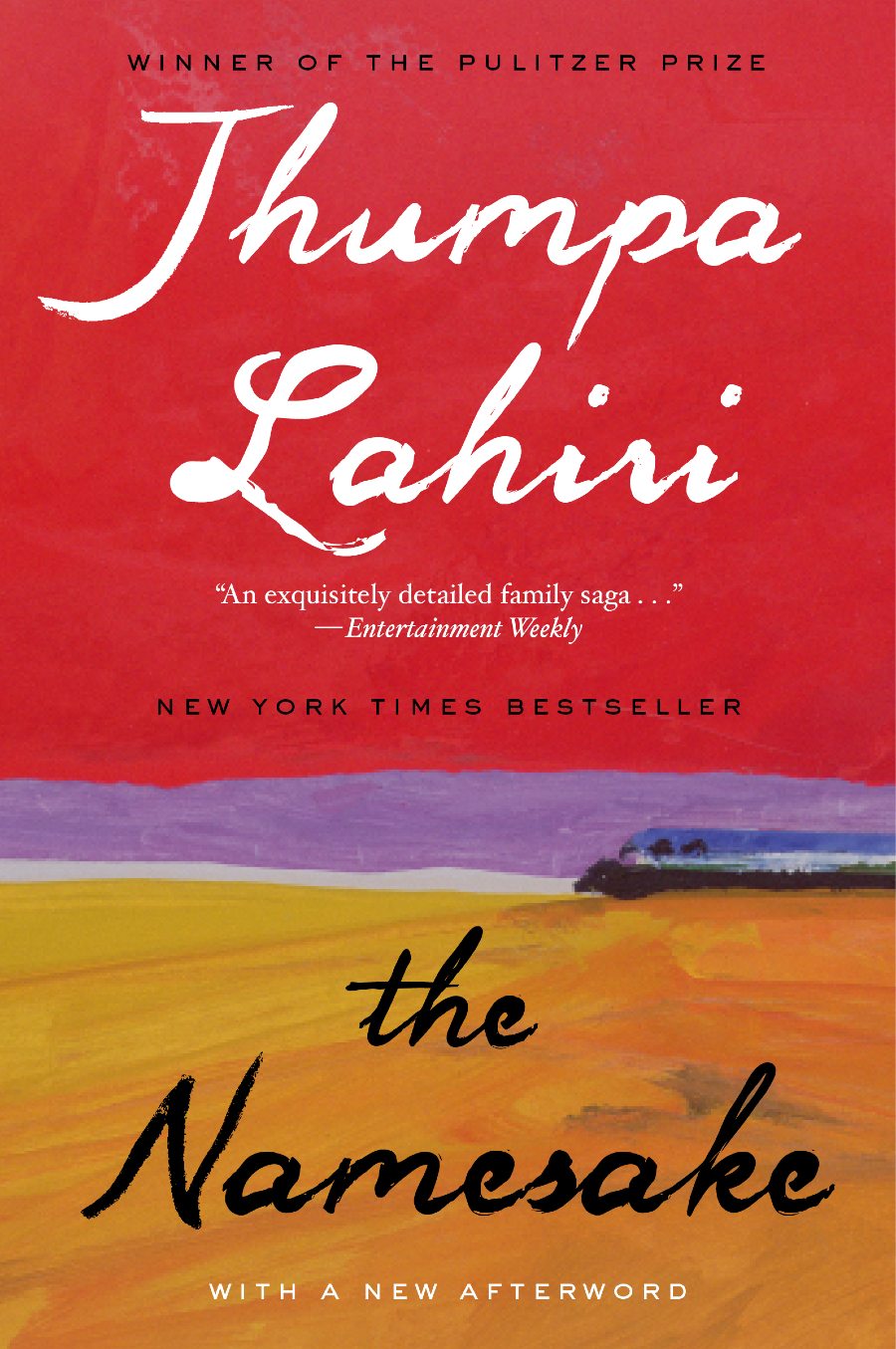
Mortals – Norman Rush (2003)
Having won the 1991 National Book Award for Mating, Norman Rush’s Mortals is an equally- ambitious follow-up, that interlocks multiple narrative arcs within the novel. It is a portrait of a passionate, yet increasingly unstable marriage, between two neurotic, intelligent and politically engaged people, Ray and Iris Finch.
Set in Botswana, Mortals spans the romance, spy-thriller and meta-fiction genres, with Rush’s inspired writing capturing the essence of literature and politics, the uncertainty of a long marriage, and the divide between the cross-cultural, ex-pat experience.

Gilead – Marilynne Robinson (2004)
As reviewed in The Guardian, “[in Gilead] Marilynne Robinson is addressing the plight of serious people with a calm-eyed reminder of…the tradition of intellectual discursiveness and a historical cycle that shifts from radical to conservative then back to radical again, and presenting, as if from the point of view of time’s own blindness, an era when unthinkable things were happening but were themselves about to change unimaginably, for the better.”
The Pulitzer-winning novel follows three generations, from the Civil War to the 20th century in the midwestern town of Gilead. Gilead details the story of a Protestant pastor, the Reverend John Ames, who writes a dying letter to his seven-year-old son. Readers have revered the story of Ames’ father and grandfather, with Robinson’s delectable prose constructing a beautiful story on fatherhood, wisdom and love.

The Master – Colm Tóibín (2004)
The Master recreates four years of Henry James’ life, the acclaimed late-19th century author who was a crucial figure in the transition from literary realism to literary modernism in the early 20th century. Colm Tóibín explores the nature of literature to transcend human melancholy while taking some creative extrapolations from Henry James’ real life.
With the narrative arranged in a non-linear fashion, Tóibín’s subverts the structure of a traditional biography, choosing to begin the story at late in Henry James’ life, as the protagonist reflects on the most formative moments of his life.
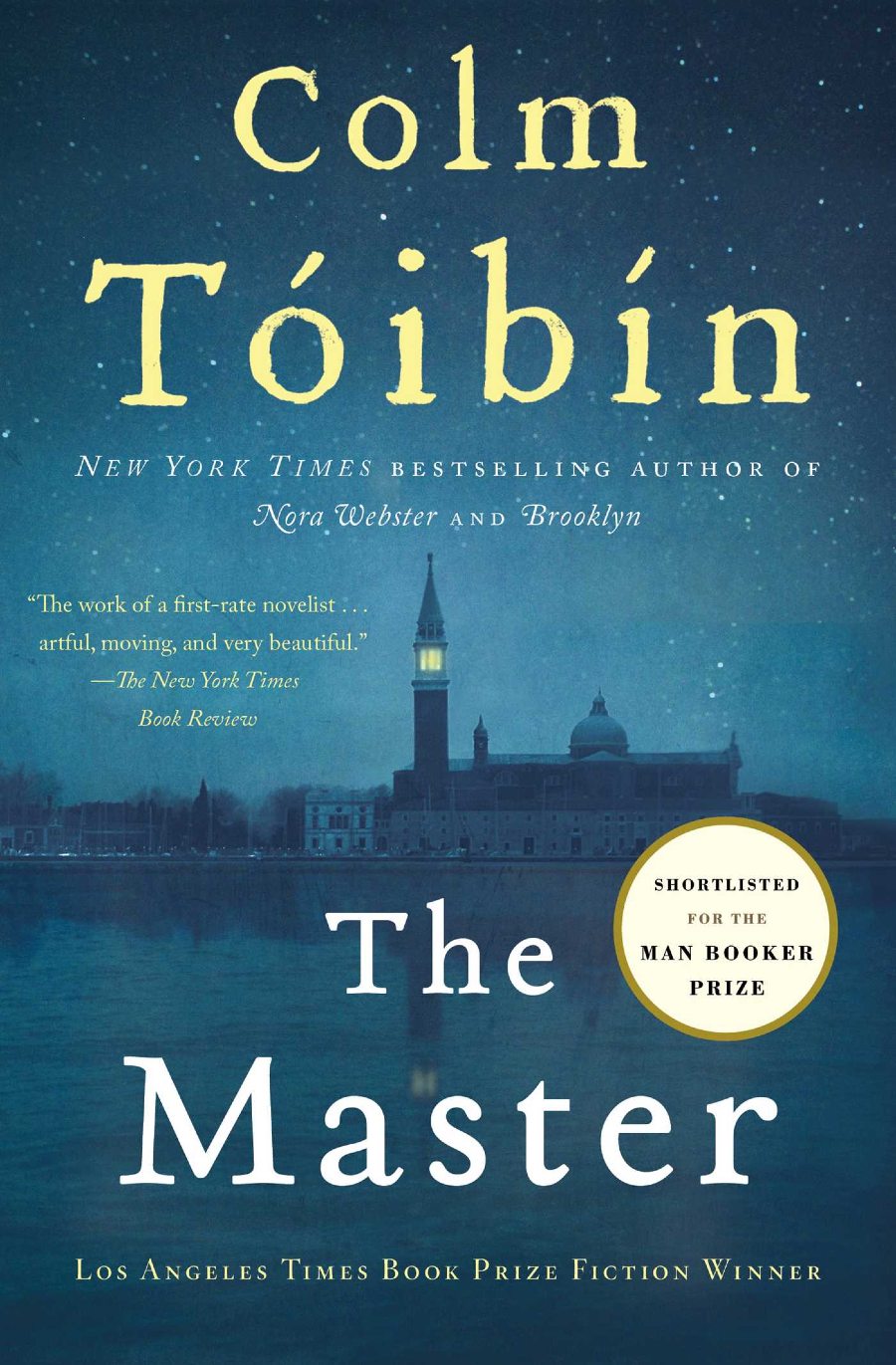
Never Let Me Go – Kazuo Ishiguro (2005)
Never Let Me Go is a speculative fiction, science-fiction novel written by celebrated British author Kazuo Ishiguro. The novel is set in late-20th century England, where human beings are groomed and bred for organ harvesting as they reach adulthood.
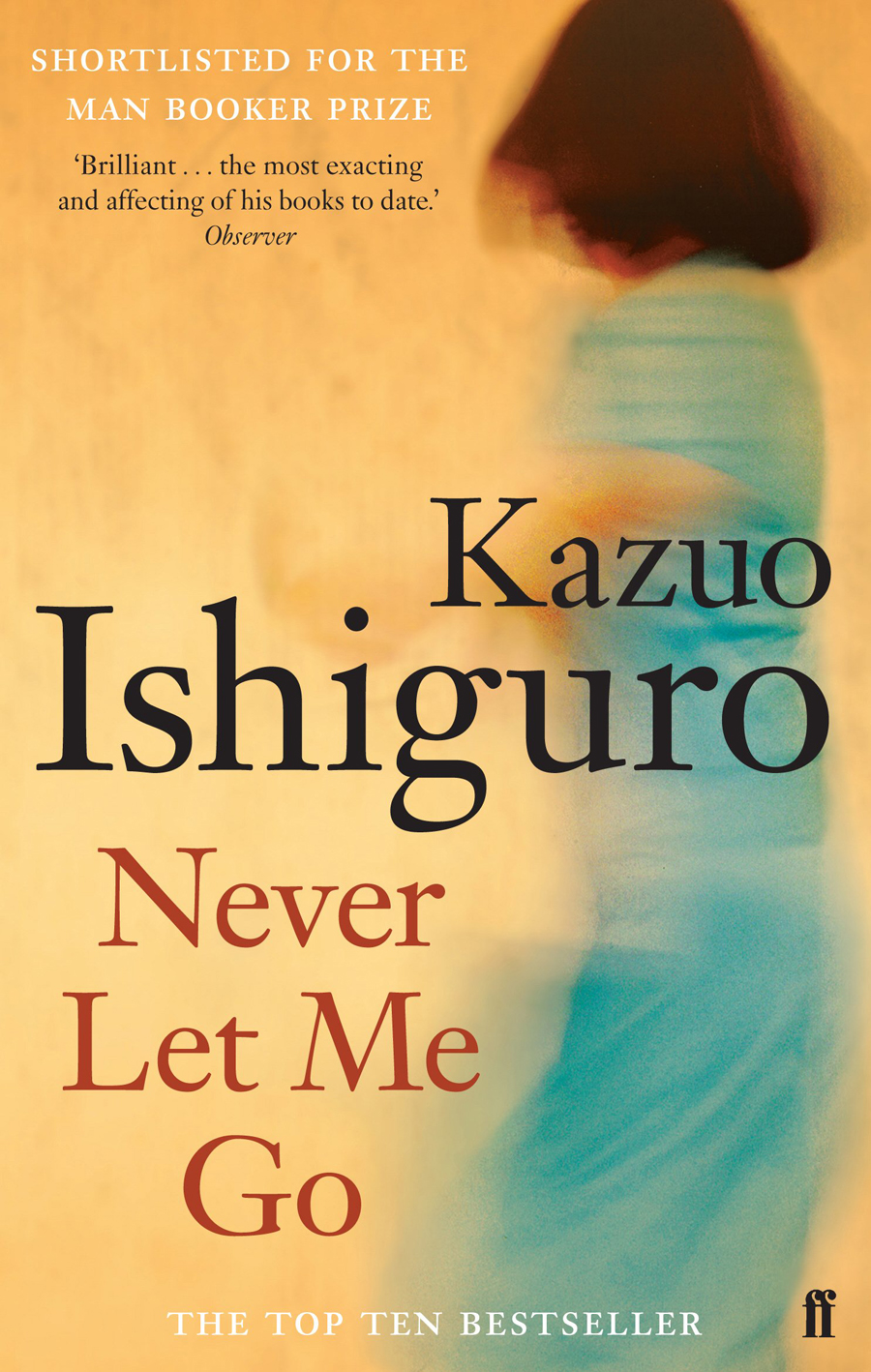
Ishiguro’s protagonist, Kathy, narrates a story of her formative years, where her friendship with Ruth and Tommy frames Ishiguro’s deep investigation into the commodification of human bodies, as he challenges the definition of human compassion and freedom.
‘Never let me go’ by Kazuo Ishiguro is hauntingly beautiful.
— يودا المالكي (@NeuroMaliki) May 24, 2021
The Book Thief – Markus Zusak (2005)
Australian author Markus Zusak’s The Book Thief takes places in 1939 Nazi Germany, with Death narrating the story of Liesel Meminger, the daughter of German communists who were taken by the Nazi regime. The Book Thief tells of Liesel’s relationship with literacy as she grows up in a foster family during the peak of the WWII Nazi regime.
The novel is a story about the power of language to create and devastate worlds, with Zusak’s burning prose propelling the narrative into a substantial study of the depths of human emotion.
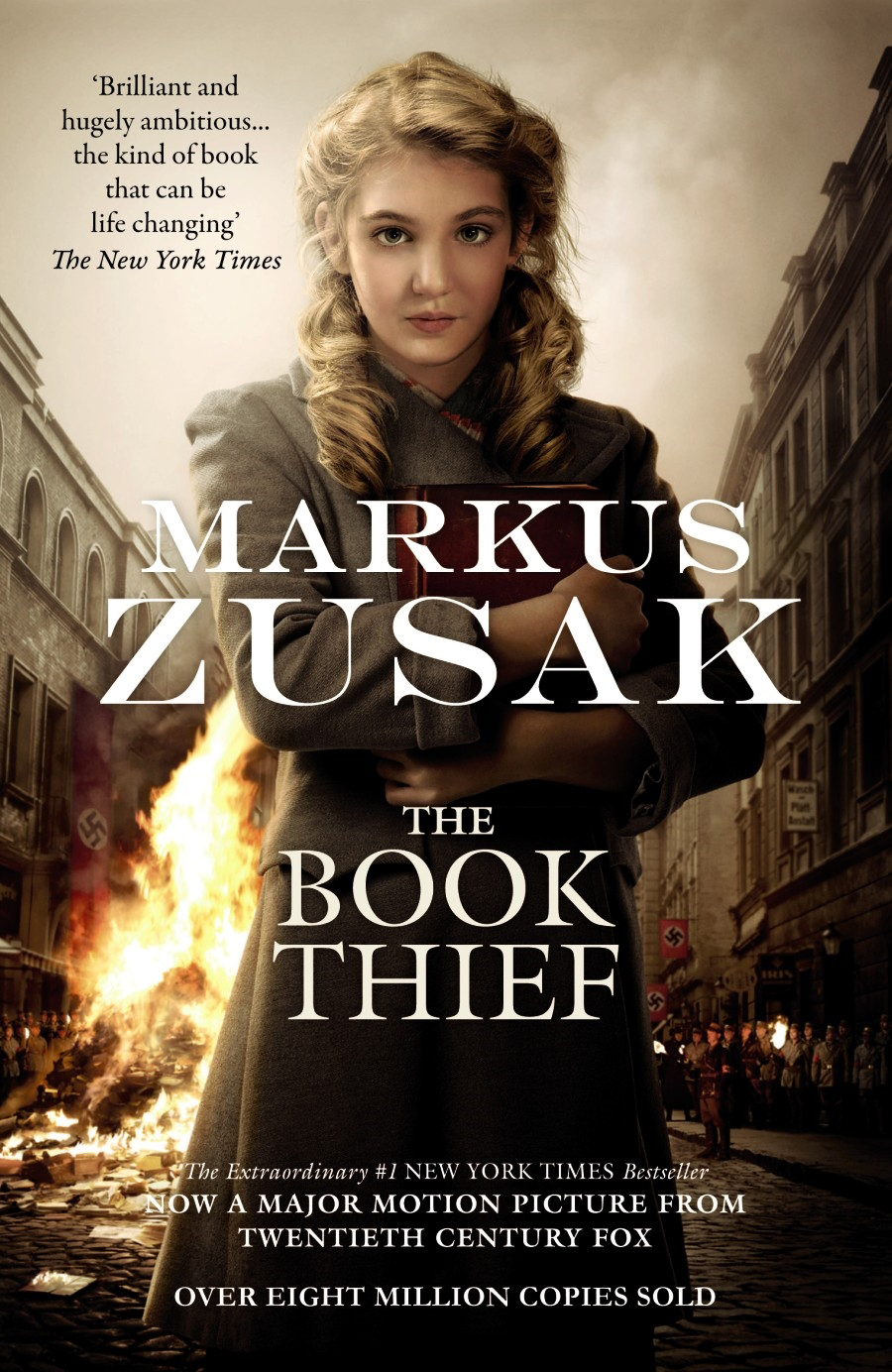
Shalimar the Clown – Salman Rushdie (2005)
Salman Rushdie’s Shalimar the Clown is a narrative of opulent scale that travels from California to England, France and Kashmir. Rushdie, a renowned magical realist author, constructs a tragic narrative that traces the murder of Maximilian Ophuls, America’s counterterrorism chief, one of the makers of the modern world; his Kashmiri Muslim driver and subsequent killer, a mysterious figure who calls himself Shalimar the clown; Max’s illegitimate daughter India, and a mysterious woman who links them all.
A political commentary on the Indo-Pakistani conflict in Kashmir, the novel is a stunningly creative depiction of the diverse humanity that proliferates the reality of the Kashmir warzone.
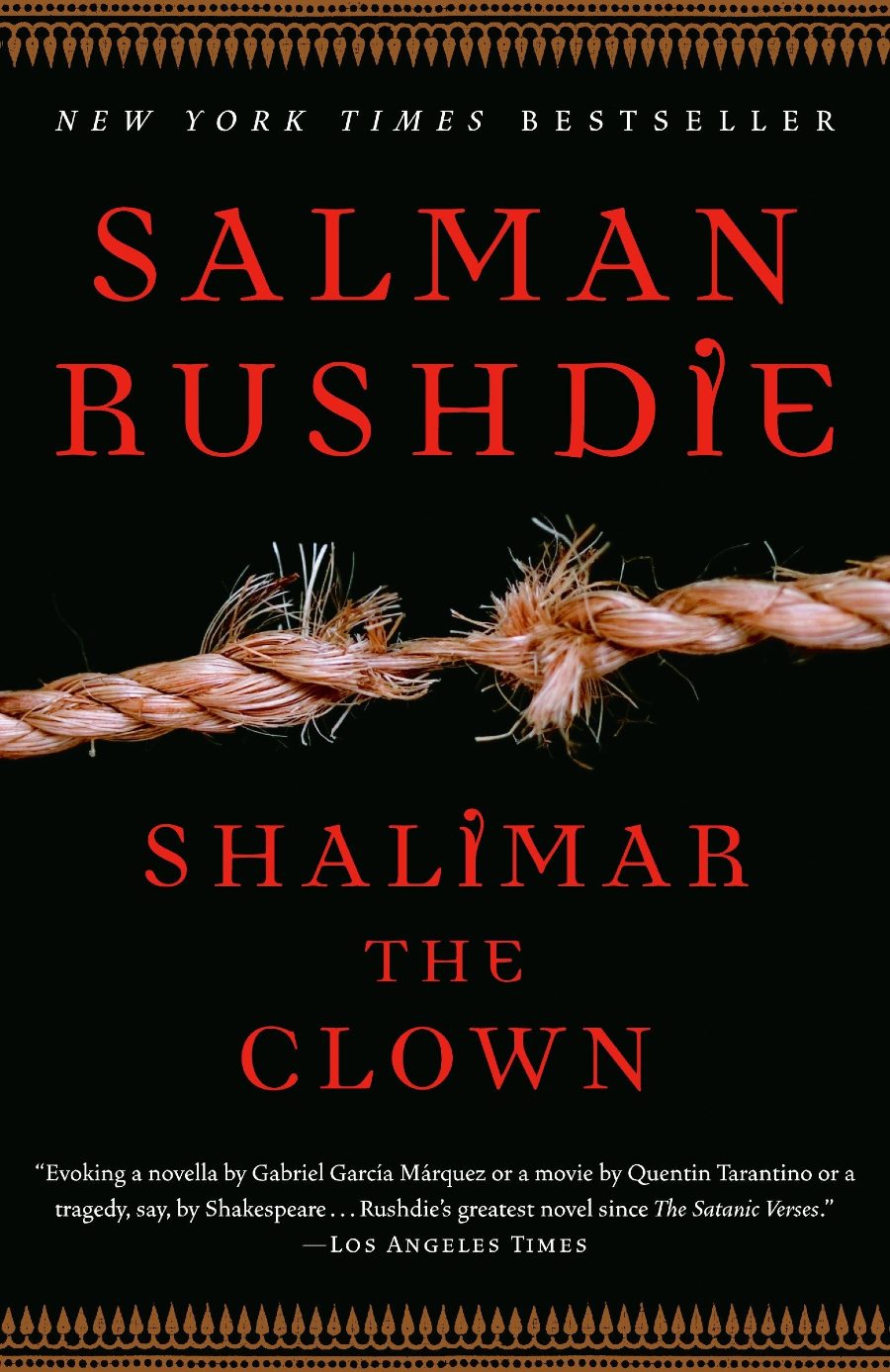
Half of a Yellow Sun – Chimamanda Ngozi Adiche (2006)
Half of a Yellow Sun takes its title from the emblem for Biafra, the breakaway state in eastern Nigeria that struggled to establish itself as an independent republic, lasting only three years. Chimamanda Ngozi Adiche puts the civilian experience of war at the forefront of her narrative, which traces the lives of three characters Ugwu, Olanna and Richard, whose lives are disrupted by the violent conflict.
Adiche’s novel immortalises a dark — and oft-ignored by the West — period of African history, exploring the intersectionality of class, race and moral responsibility in a devastating modern warzones.
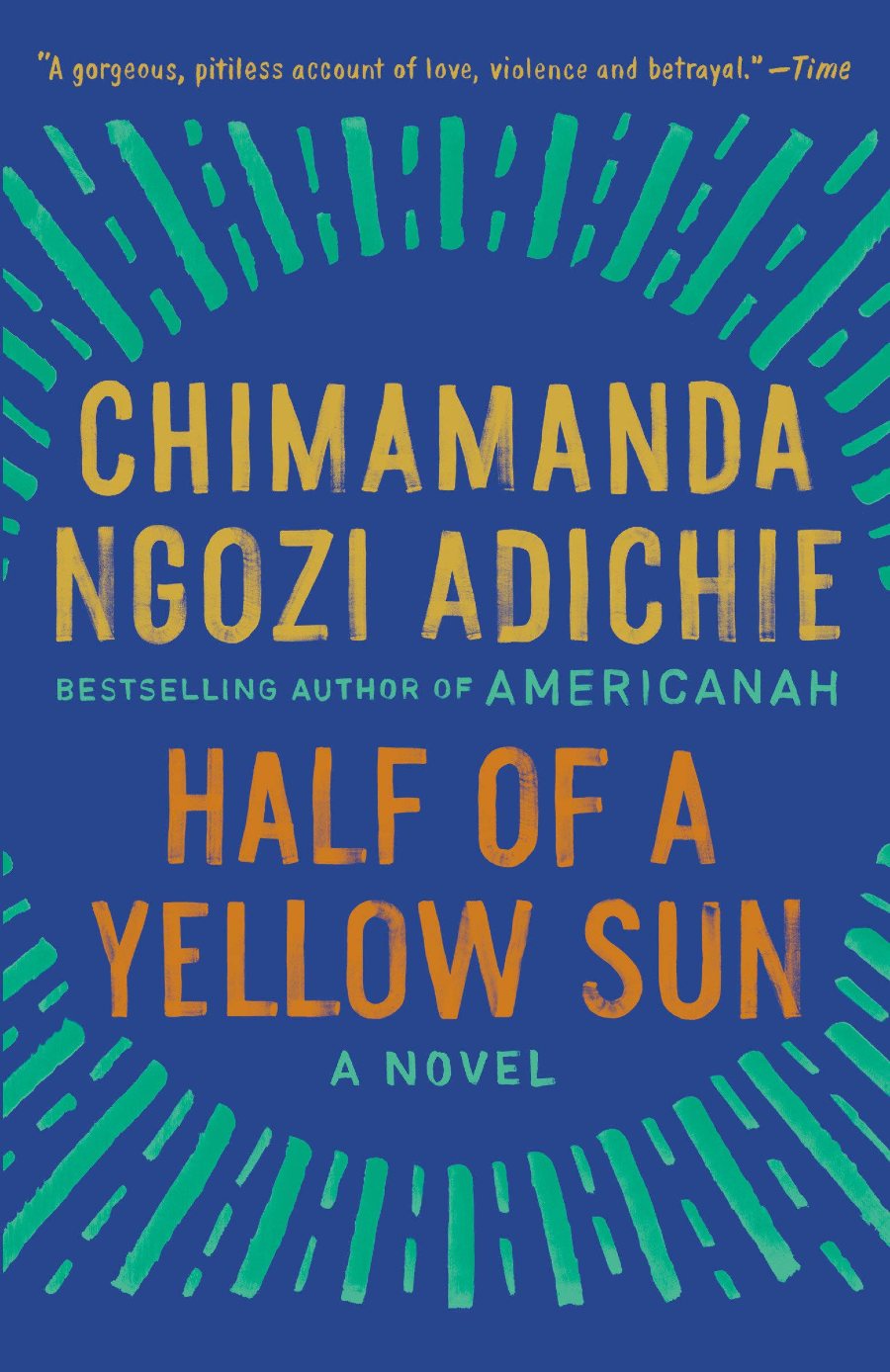
The Road – Cormac McCarthy (2006)
Cormac McCarthy’s The Road is a post-apocalyptic novel that follows a father and son as they navigate a nightmare-filled, post-apocalyptic world, where human beings have cannibalistically turned against each other in an attempt to survive. A chilling tale of human survival and endurance, McCarthy’s thrilling prose elevates his investigation into the nature of violence, male masochism, and consumerist American culture.
Winning the 2007 Pulitzer Prize for Fiction, The Road is a critically-acclaimed, emotionally-shattering rendering of the adventure story.
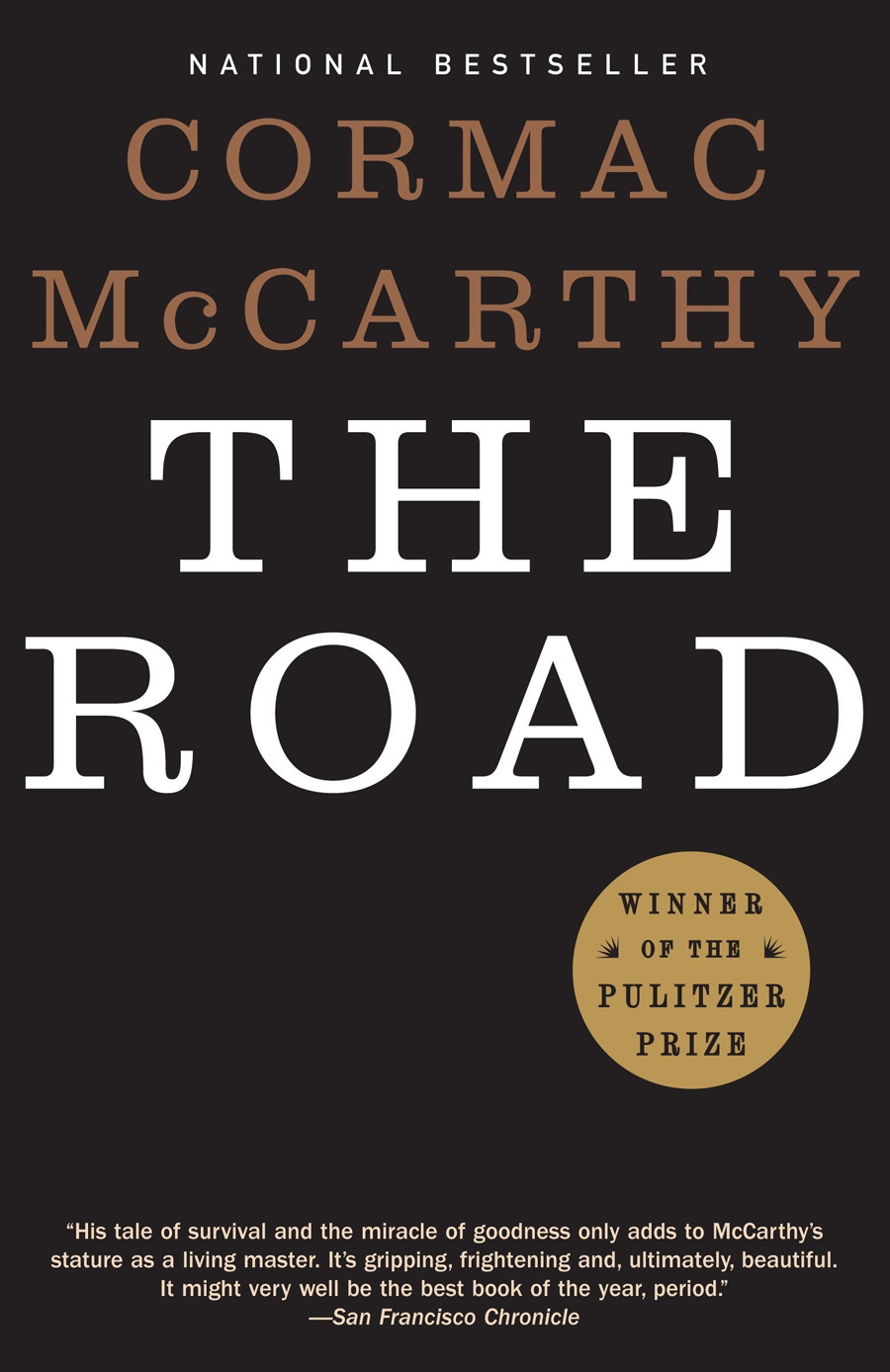
The Inheritance of Loss – Kiran Desai (2006)
The Inheritance of Loss is an intimate examination of colonial aftershock, nationalism, migration and both the presence, and absence, of belonging in contemporary India. Written by Indian author Kiran Desai, the novel is set in the Himalayas — the mountainous border between India, Bhutan, China and Tibet — and follows the story of Sai, a young Indian girl, as well as the lives of the people that surround her: her father, her boyfriend Gyan, their cook and his son.
The Inheritance of Loss weaves through space and time in narrating the overlapping stories, with Desai’s bold prose constructing an elaborate narrative of huge scope that remains rooted in the human experiences of the lower-middle-class.
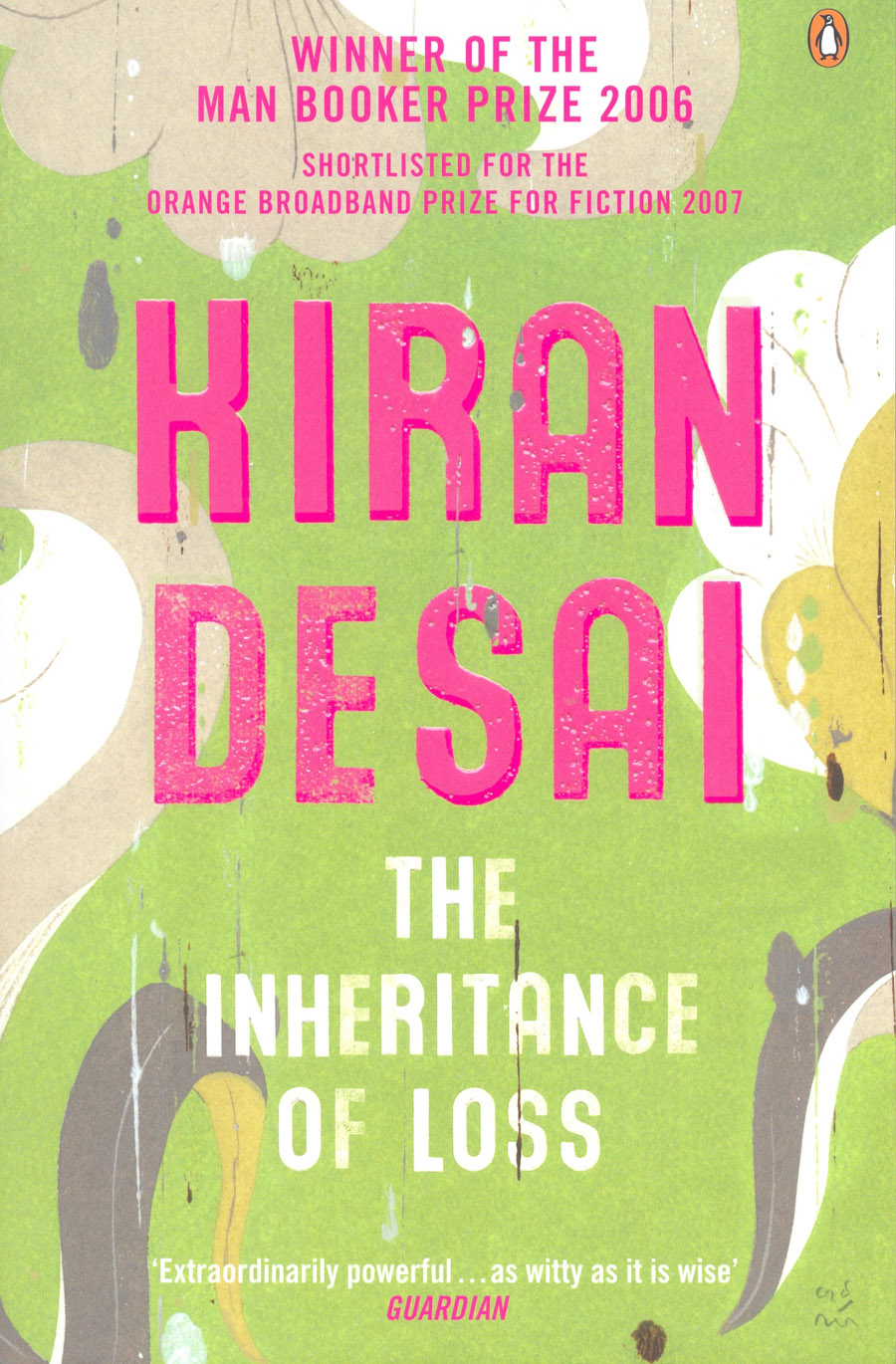
A Thousand Splendid Suns – Khaled Hosseini (2007)
Split into a double narrative structure, A Thousand Splendid Suns is a poignant story of two Afghani women and their experiences of their marriages in war-torn 1960s-1990s Afghanistan. The novel extends from the Soviet invasion to the Taliban occupation and delves into the oppression of Afghan women during the period.
Khalid Hosseini centres the voices of Mariam and Laila, the two protagonists, at the heart of the novel. A Thousand Splendid Suns is the story of two lives ripped apart, journeys of hope and redemption, and the tribulations of living under violent conflict.
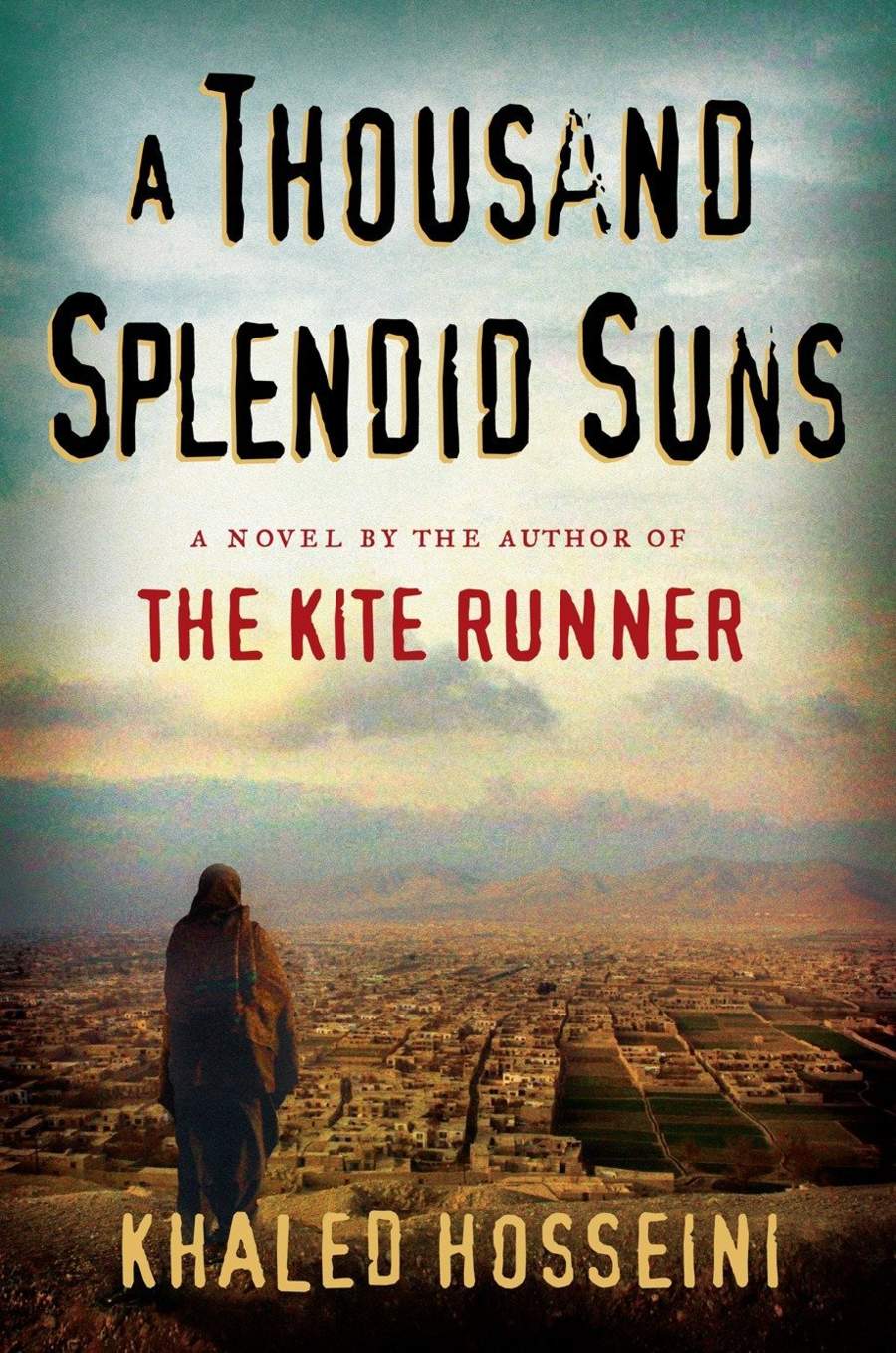
White Tiger – Aravind Adiga (2008)
Winning the 2008 Booker Prize, Aravind Adiga’s White Tiger paints a deeply unsettling portrait of contemporary India, writing of the implications of the caste system, religious freedom, loyalty and the class struggle that permeates lower factions of Indian society.
White Tiger follows the story of Balram Halwai, narrated through letters addressed to the Chinese premier, Wen Jiabao. Halwai comes from rural India, moving to Delhi to escape his life of poverty by becoming a chauffeur to a landlord from his village, with Adiga darkly detailing his protagonist’s volatile rise to entrepreneurial success.
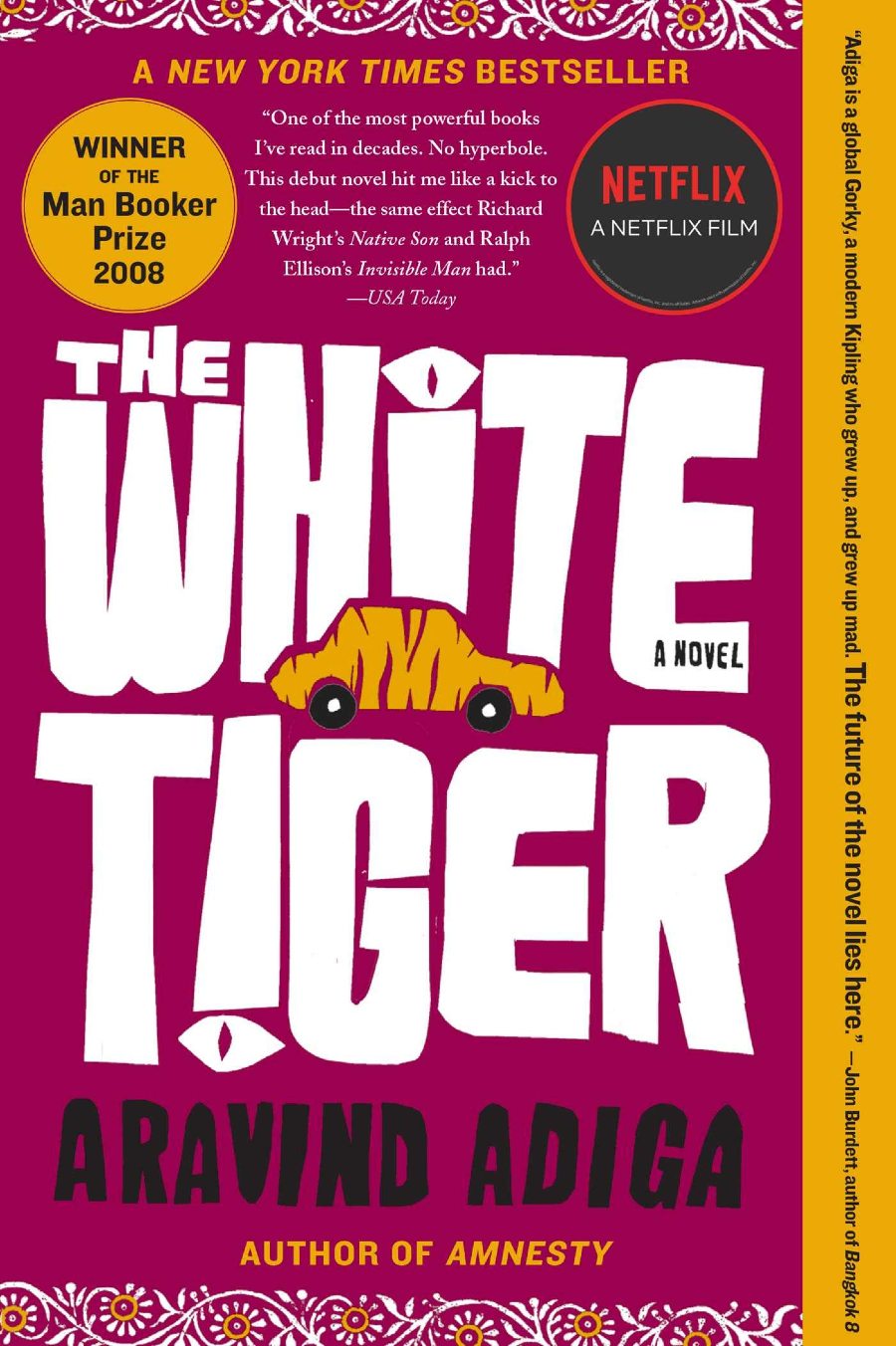
A Golden Age – Tahmima Anam (2008)
A Golden Age is a spectacular fiction book that speaks to brutality, violence and a mother’s heartbreak across a geopolitical divide. Set in 1971 East Pakistan, during the self-determination movement, A Golden Age follows the story of the widowed mother, Rehana Haque, and her two adult children.
Narrating the story of an East Pakistani mother’s unexpected heroism during the violent displacement of the Bangladesh War of Independence, Tahmima Anam’s A Golden Age is a compelling novel of a family and nation torn apart by political conflict.
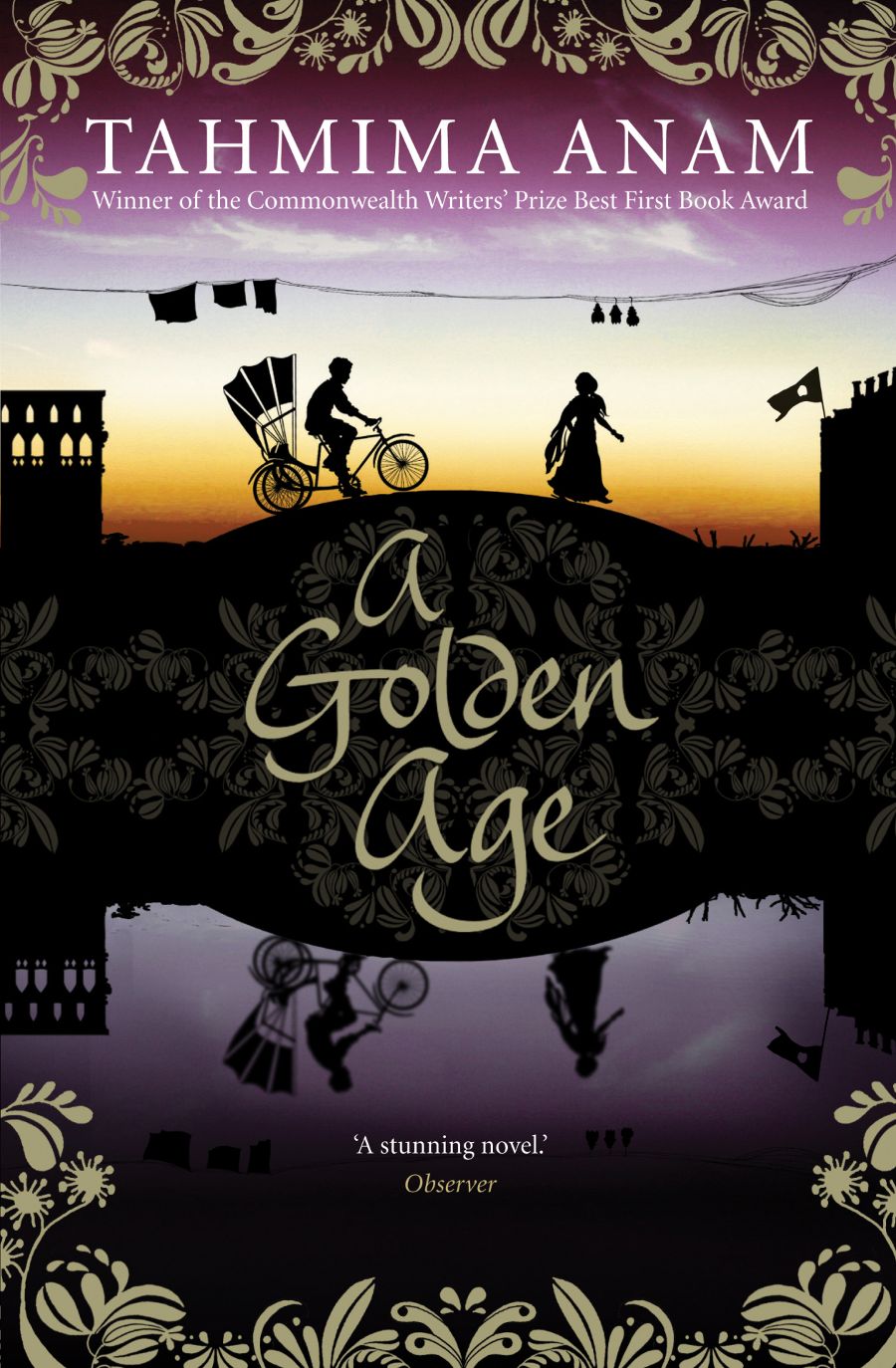
The Believers – Zoë Heller (2008)
Zoë Heller’s darkly funny The Believers is a novel that explores the absurdity of politics, dysfunctional family dynamics and the consolation of faith, due to the death of the family patriarch.
Written with an acerbic wit, Heller’s ability to layer complexity under razor-sharp wit, and her oft-unlikable characters, results in a roguishly funny examination of orthodox Judaism, atheism and familial drama.
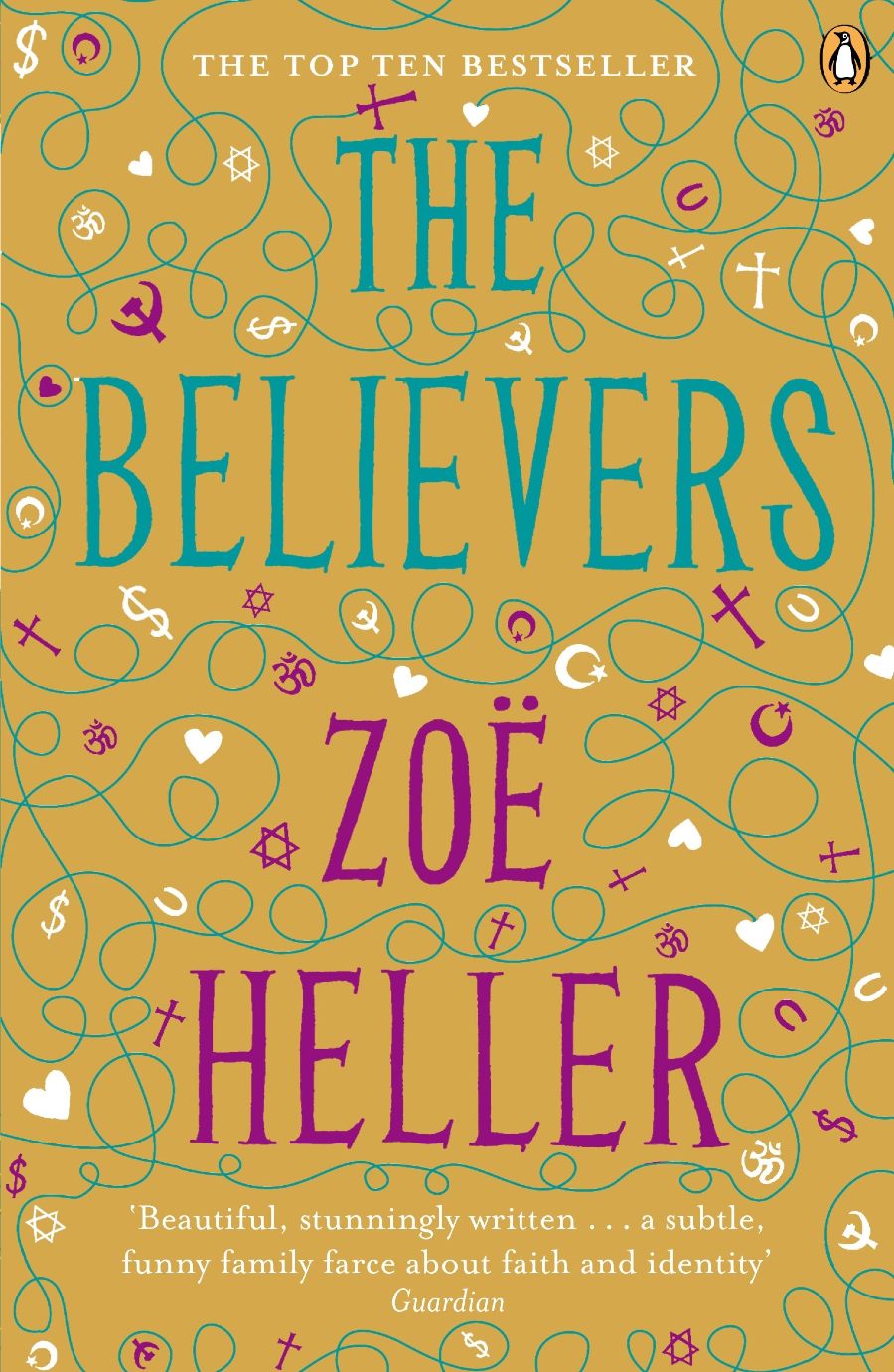
Telex from Cuba – Rachel Kushner (2008)
Rachel Kushner’s debut novel Telex from Cuba is set in the 1950s, in Cuba’s Oriente province. It tells of a community of ex-pat families working for the United Fruit Company, whilst veering into narratives about the streets of Havana and Castro’s rebels.
Shifting viewpoints every chapter, the novel is a fascinating depiction of the social hierarchies that dominated Cuba. Telex from Cuba follows K.C. and Everly, documenting the violence that fraught the emerging U.S. colony.
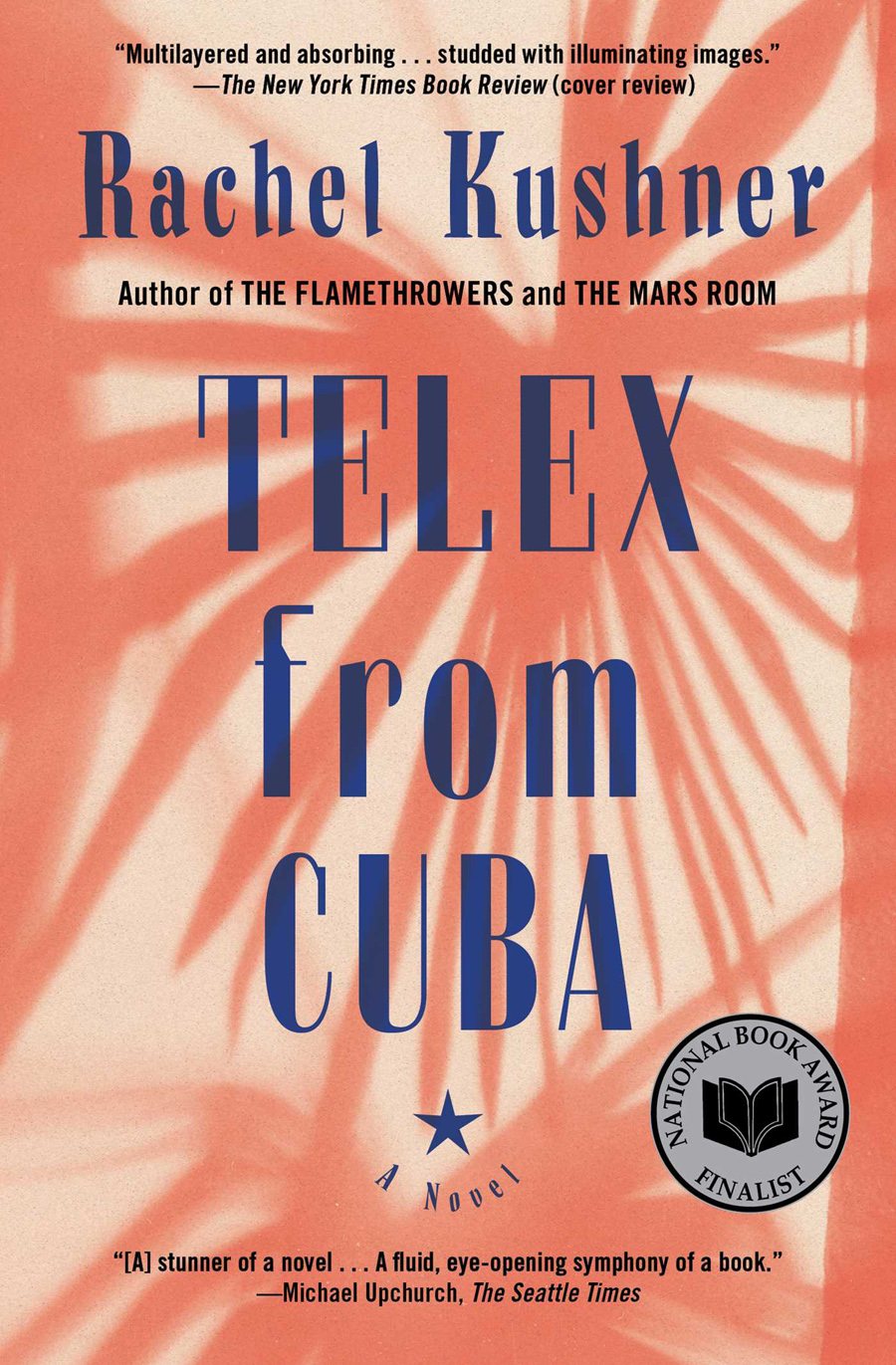
Chronic City – Jonathan Lethem (2009)
Chronic City is a novel about navigating ideals of authenticity and free will, as well as the simulacra. It follows the life of socialite Chase Insteadman and a group of fellow social Manhattanites, who become enamoured with an eccentric street polemicist, Perkus Tooth, who fuels an explosion of paranoia that bleeds through Chase and his friends, as Jonathan Lethem winds multiple narrative arcs together, only to separate them again.
Also considered a complex love letter to New York City, the novel is a wickedly sharp satire of wealthy Manhattanites and their social myopia.
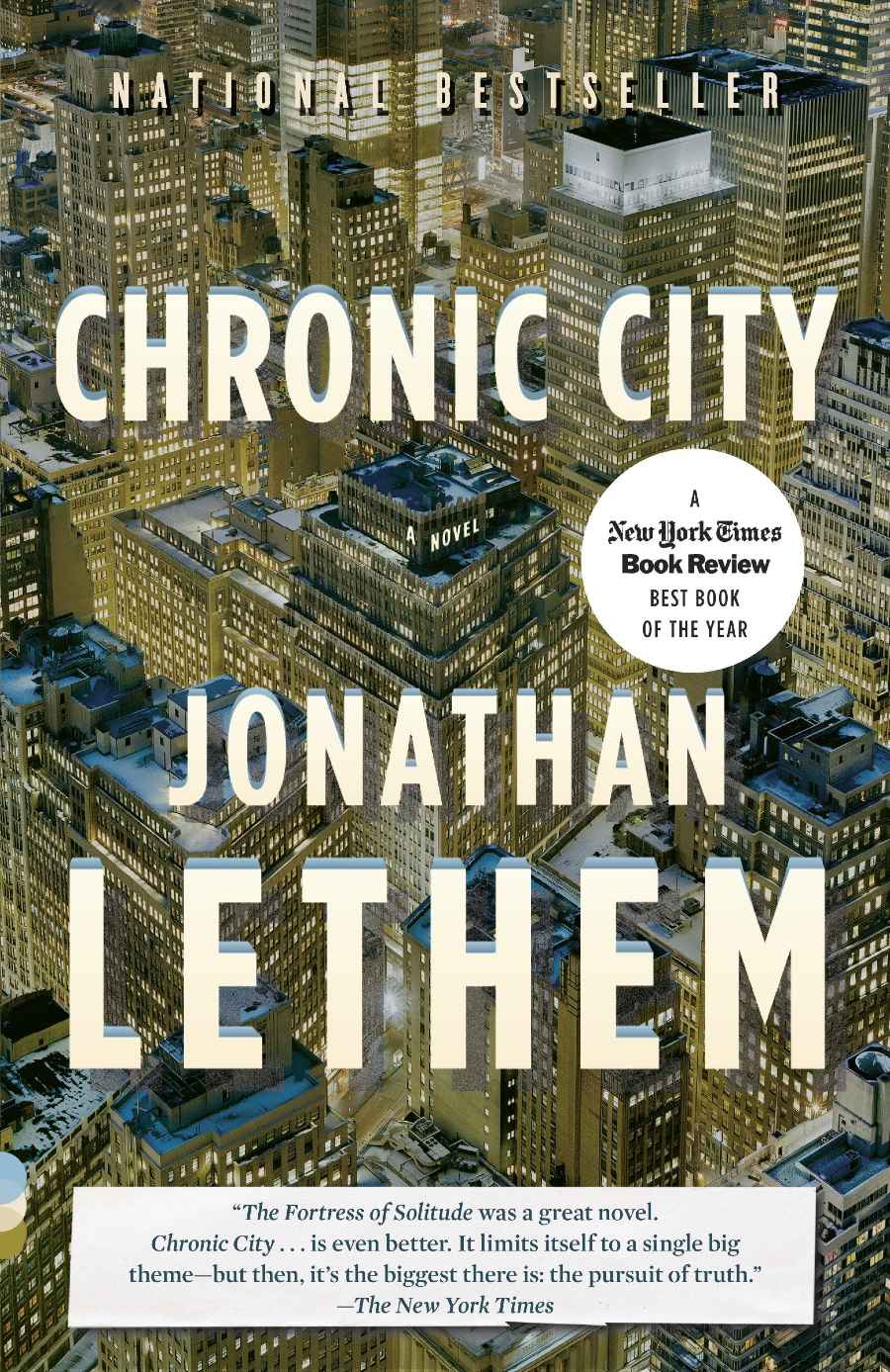
Both Ways Is The Only Way I Want It – Maile Meloy (2009)
Both Ways Is The Only Way I Want It is a collection of eleven short stories that explore their protagonists’ sense of free will, authority and anguish over their own lives. Motifs of infidelity and desire proliferate almost every story, drawing out Maile Meloy’s intimate examination of the nature of human desire, monogamy and morality.
Simple prose and uncomplicated plot devices allow Meloy to create space for readers’ to empathise tenderly with her characters, whose tribulations are rooted in the mundanity of the human psyche.
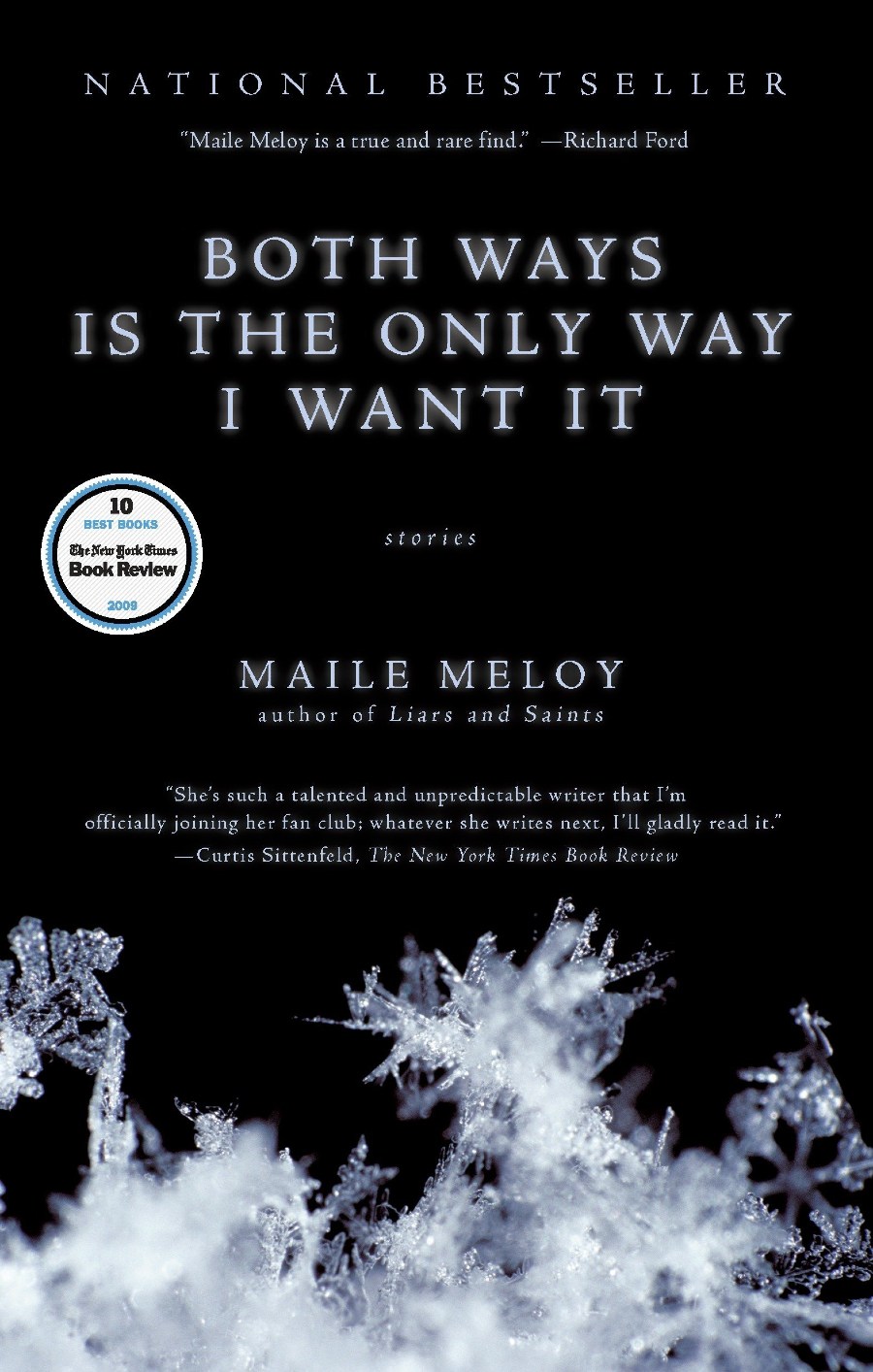
A Short History of Women – Kate Walbert (2009)
Kate Walbert’s A Short History of Women is written with profound restraint, allowing for an exploration into five generations of British/American women and their interactions with the different iterations of feminism throughout history.
A generational saga, A Short History of Women exemplifies the ageless struggle — both intellectual and personal — of women in finding happiness and purpose.
